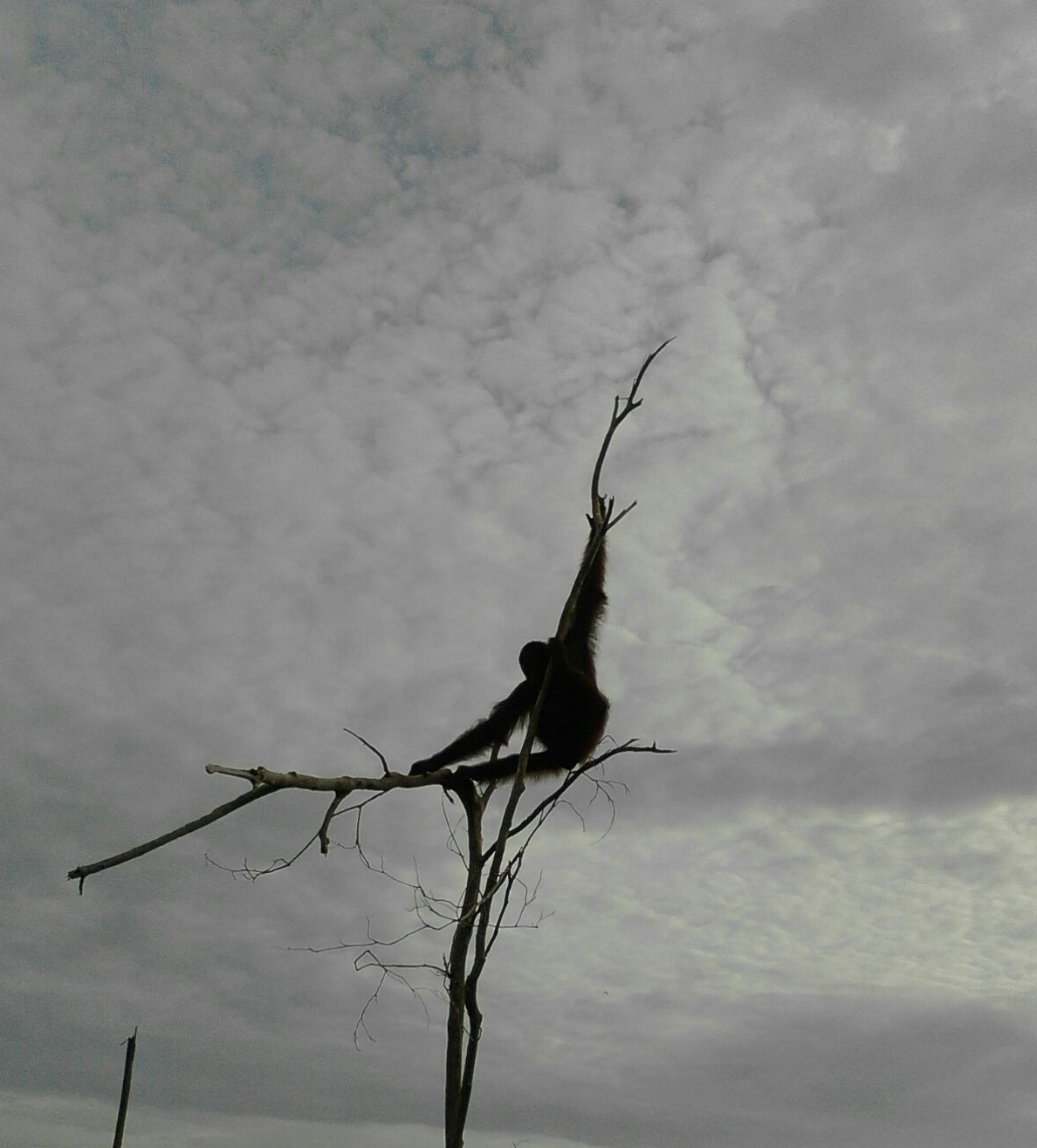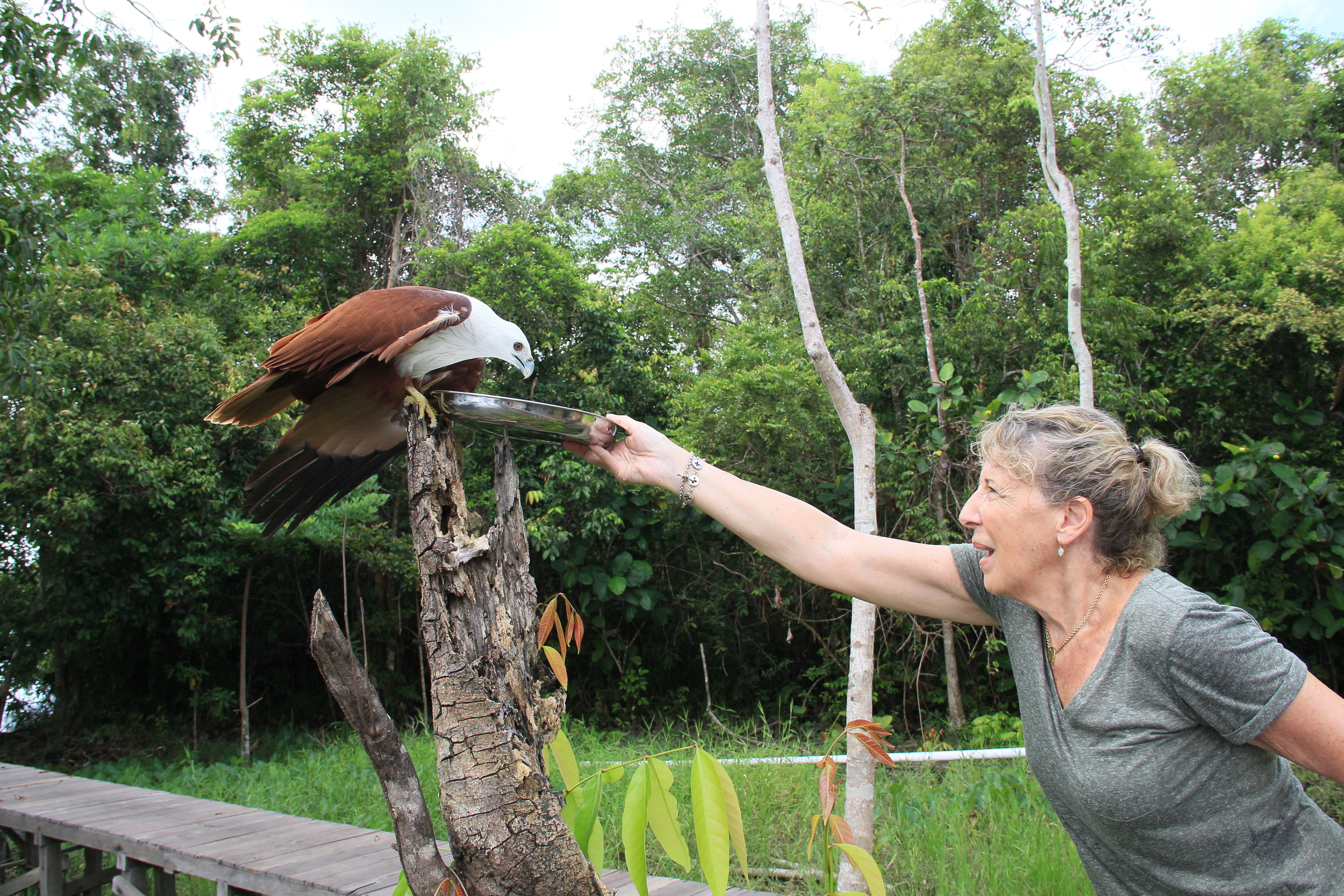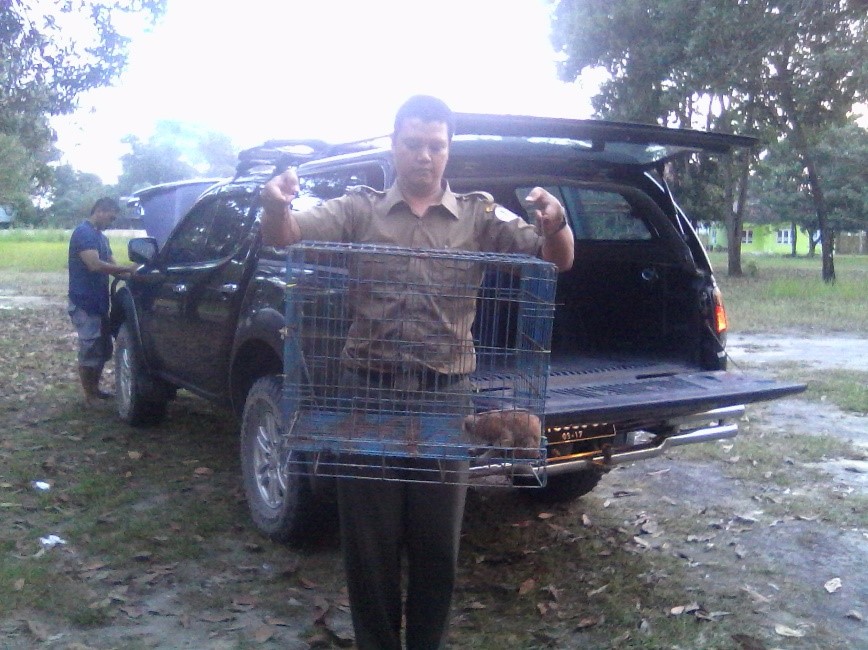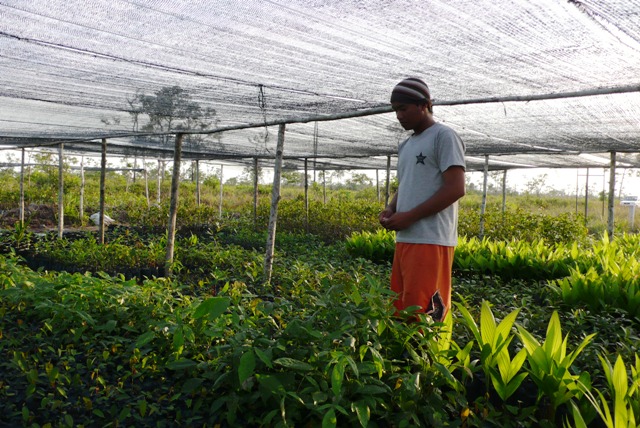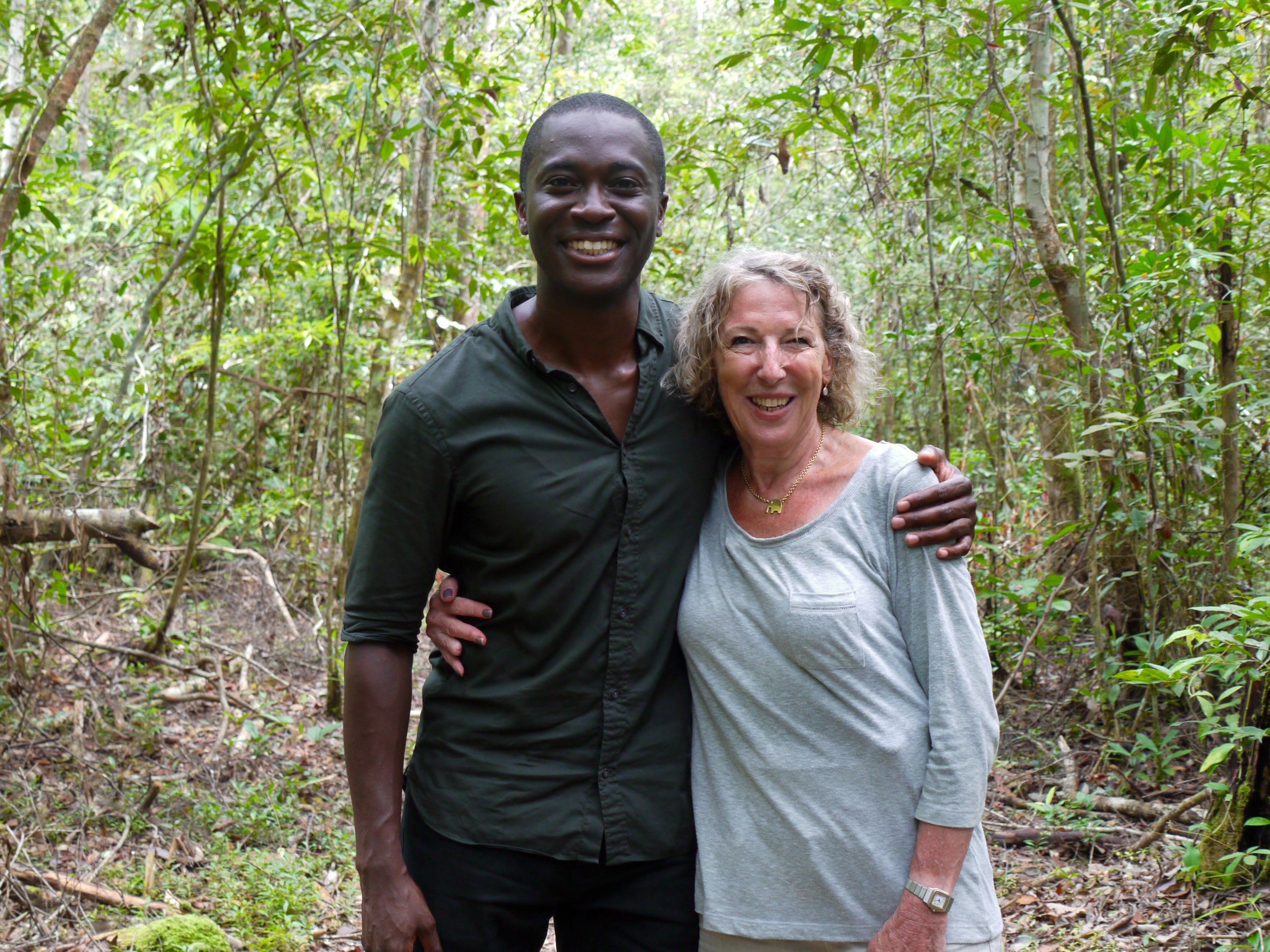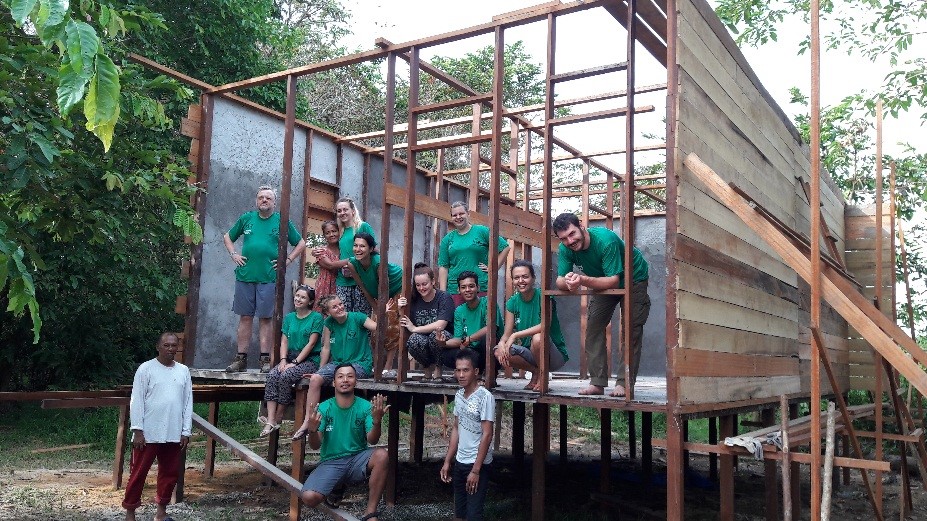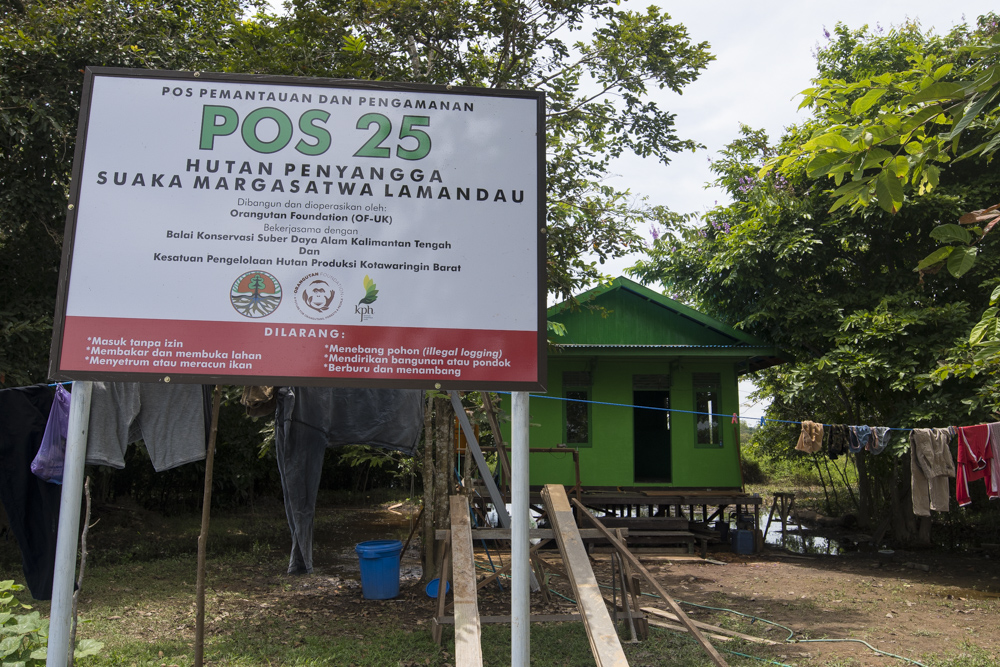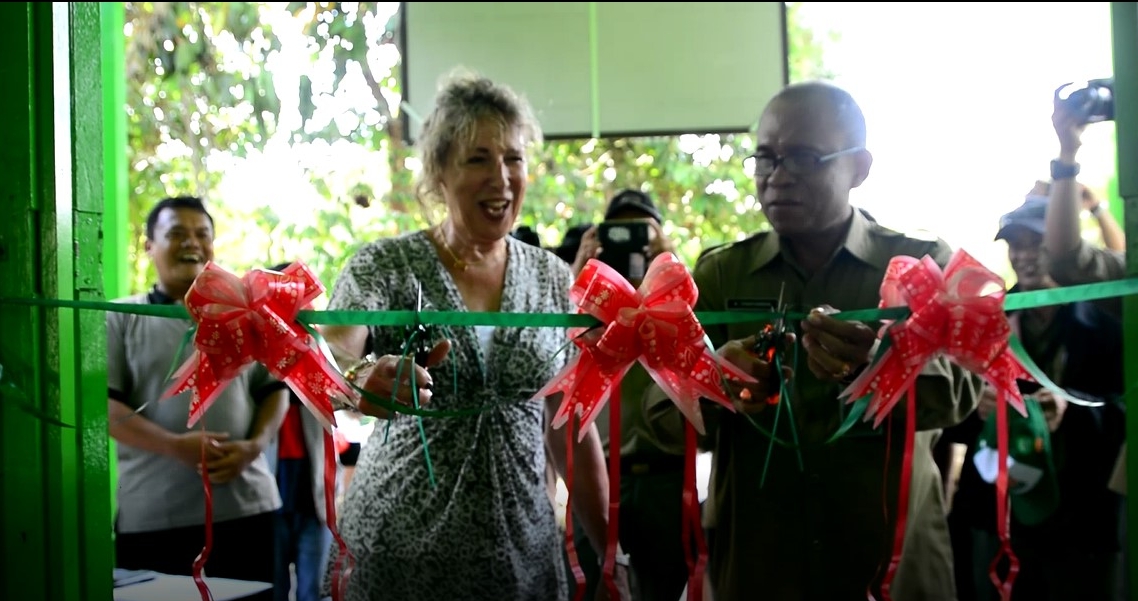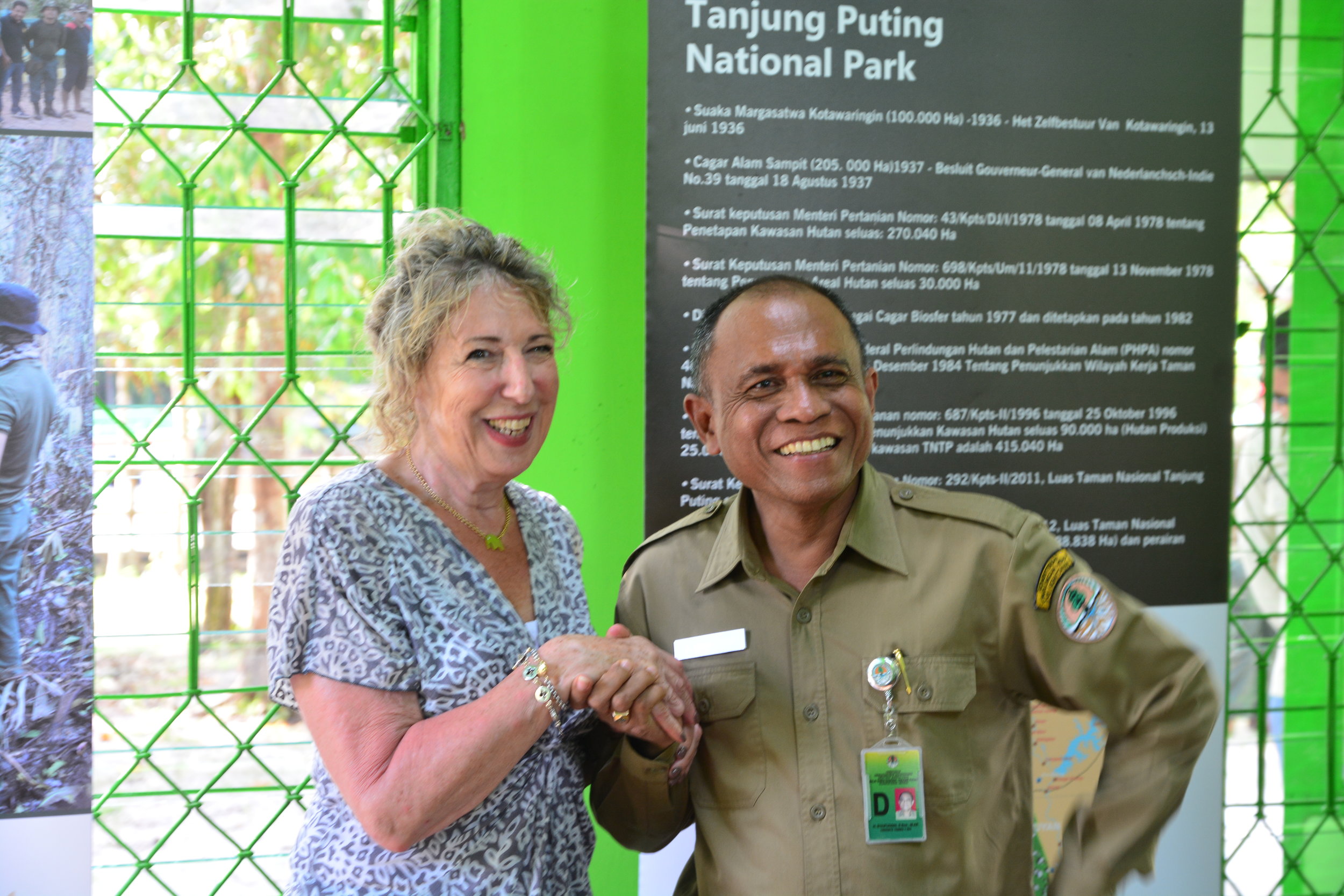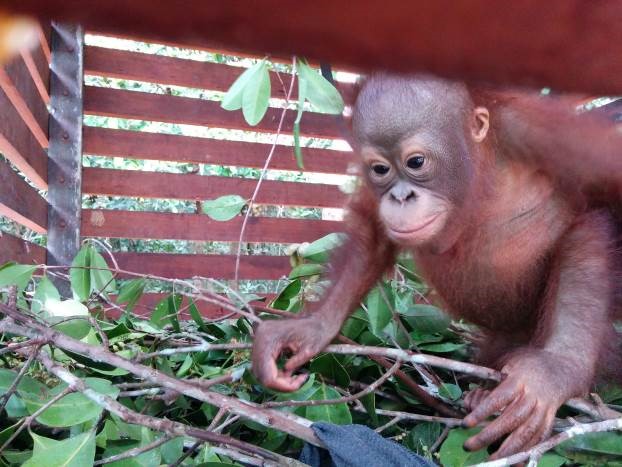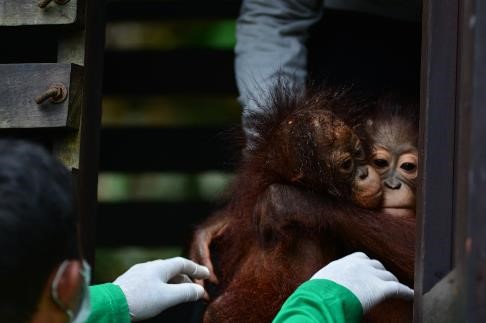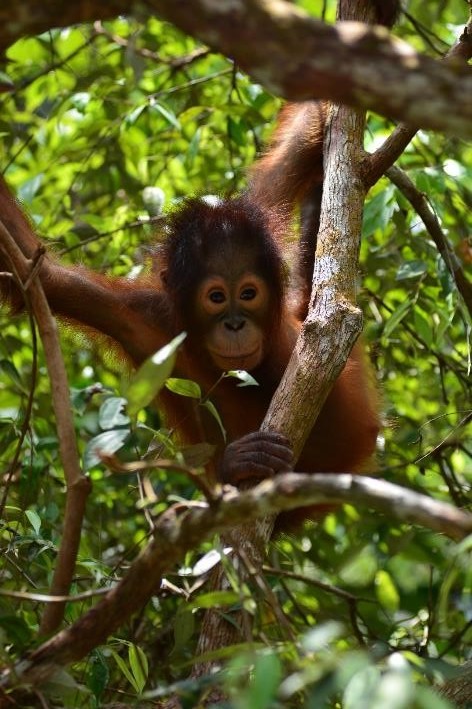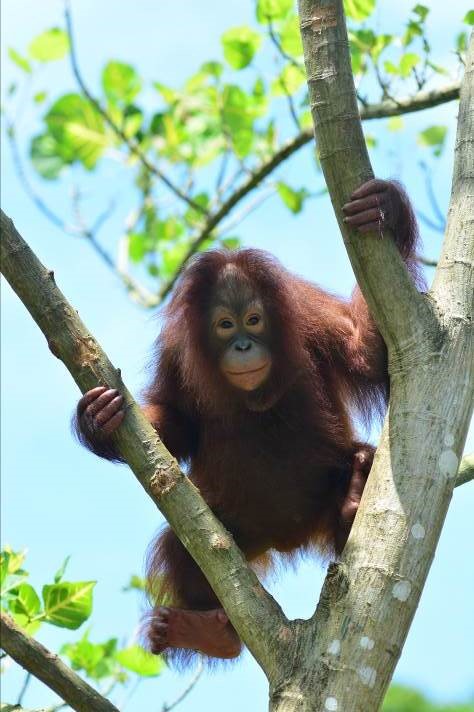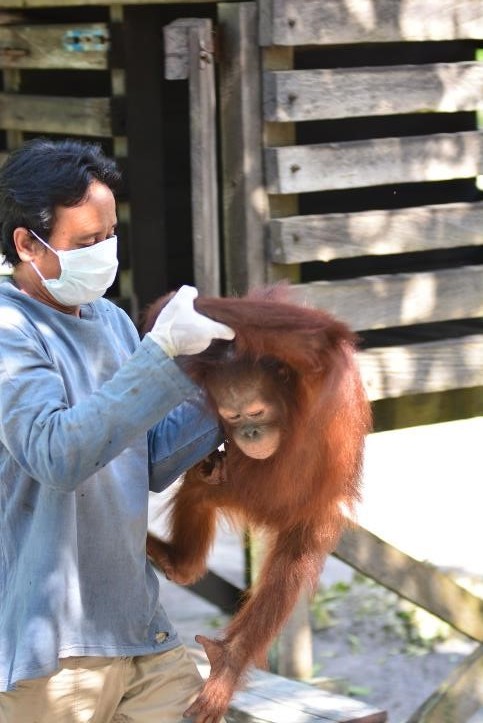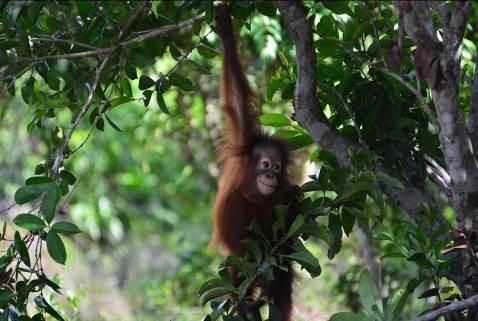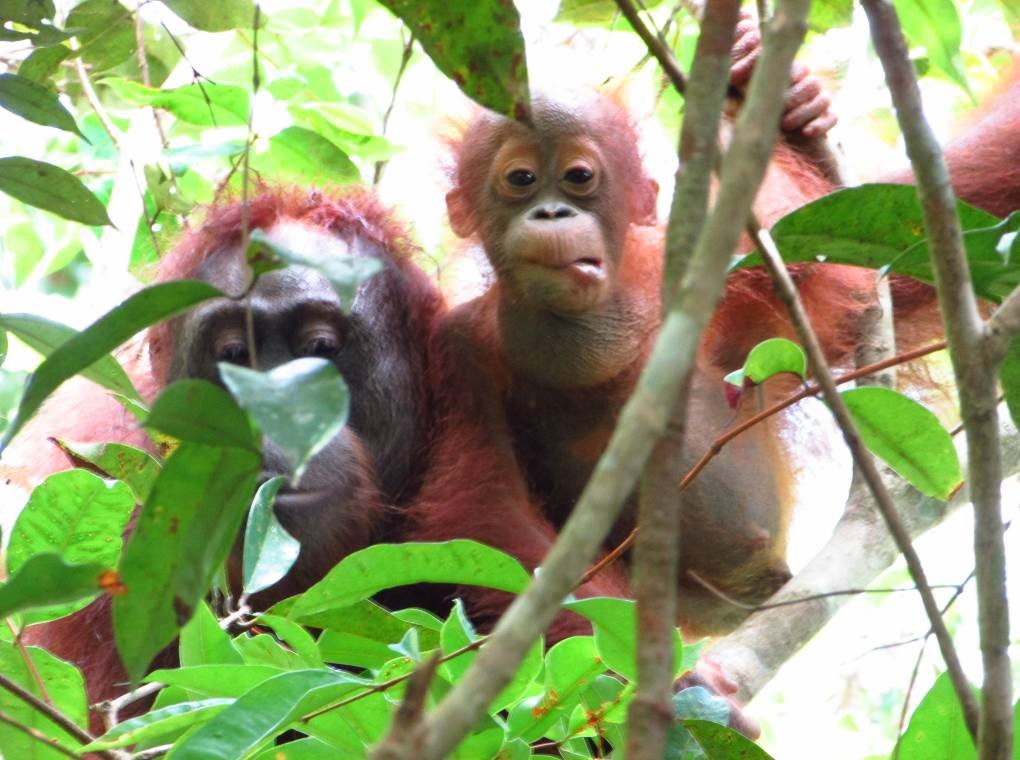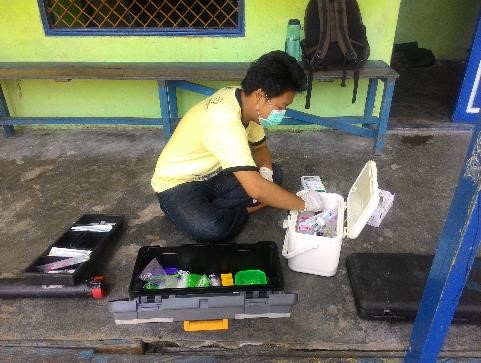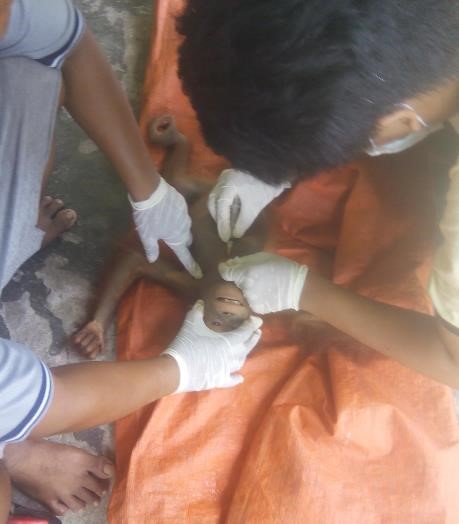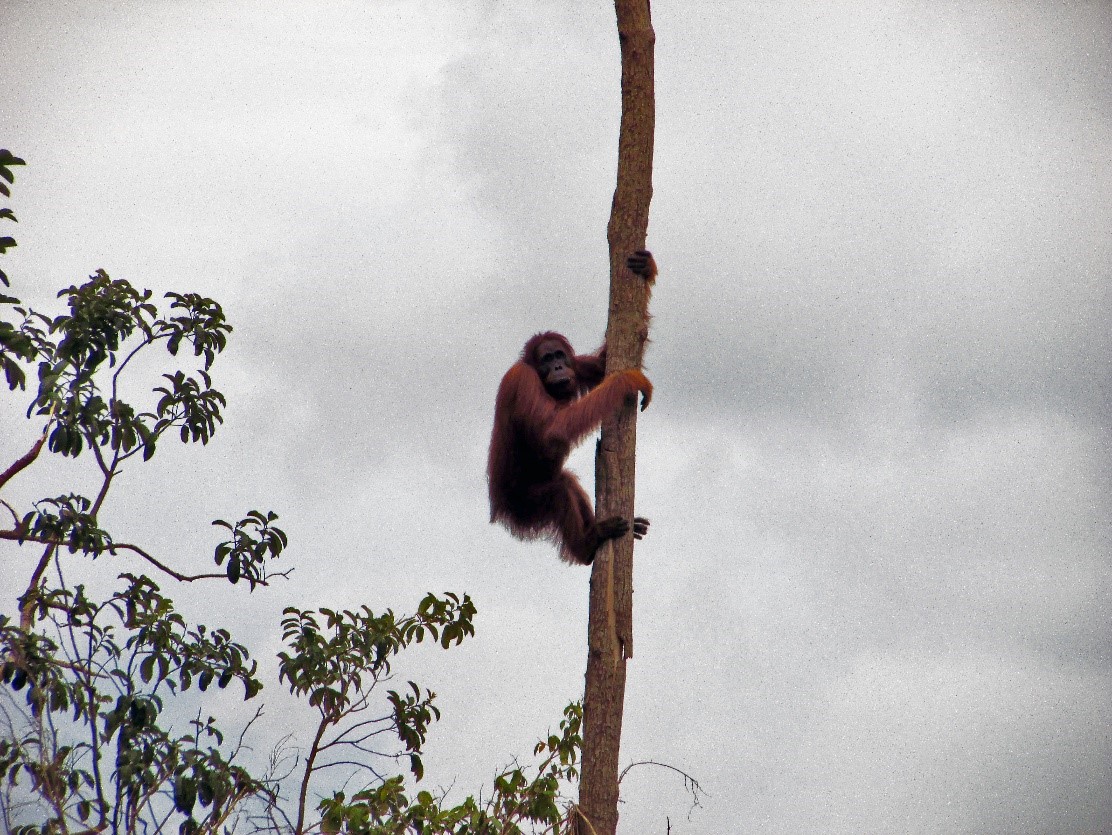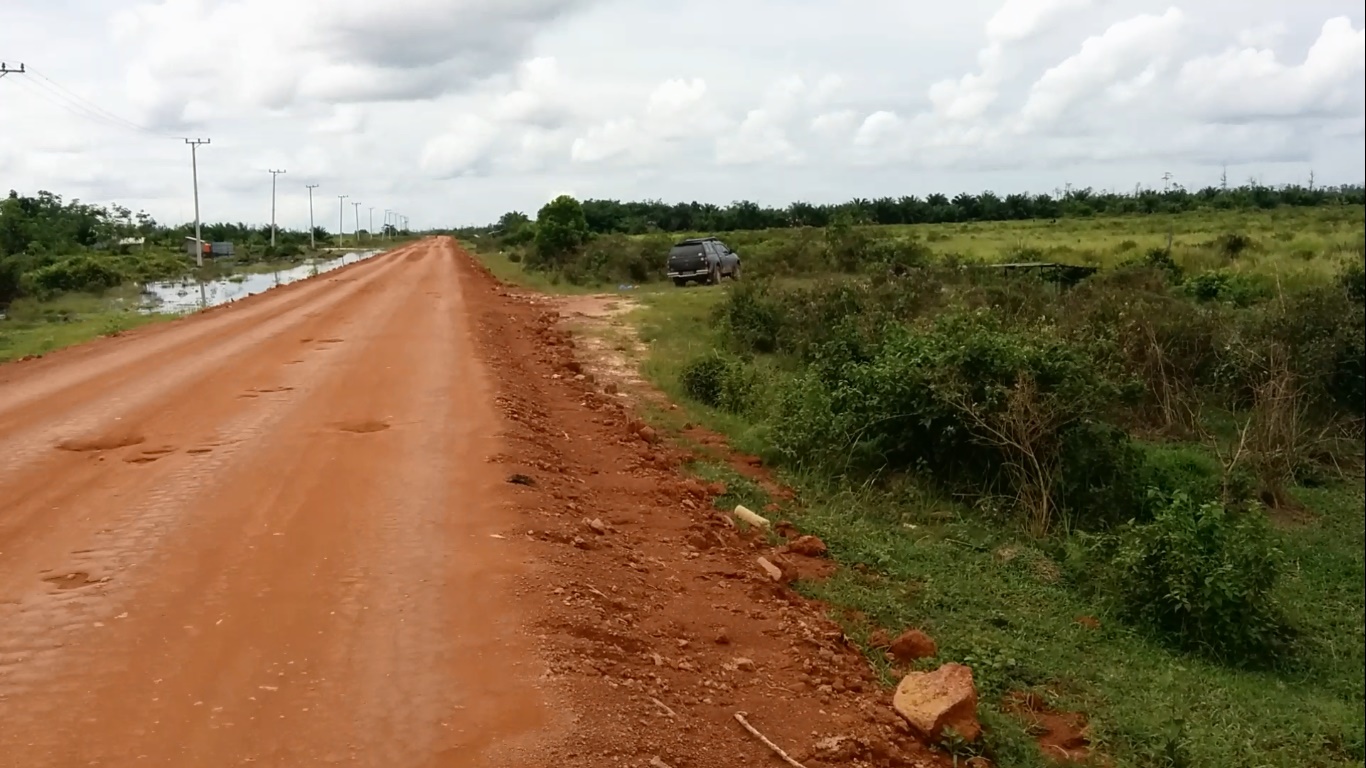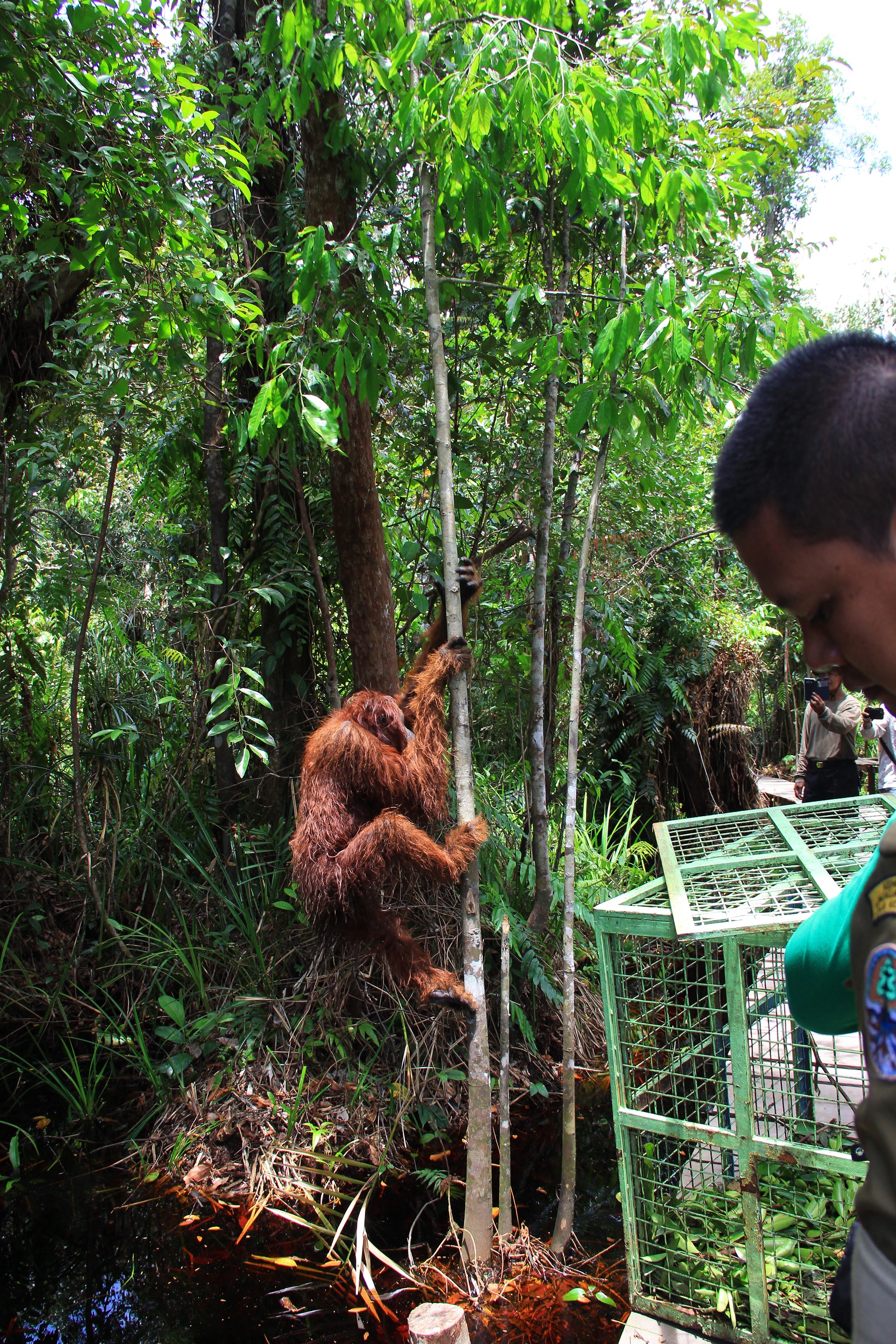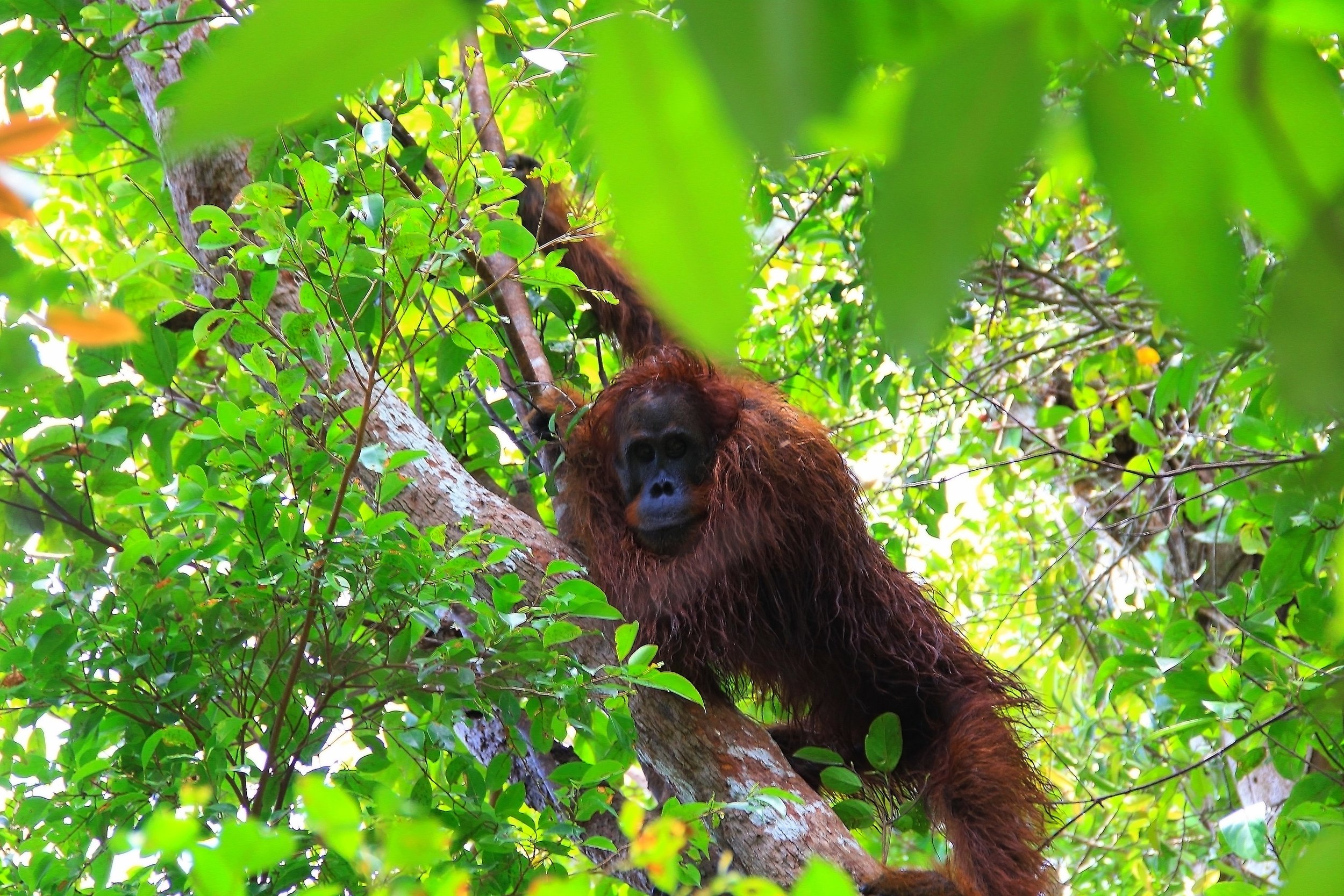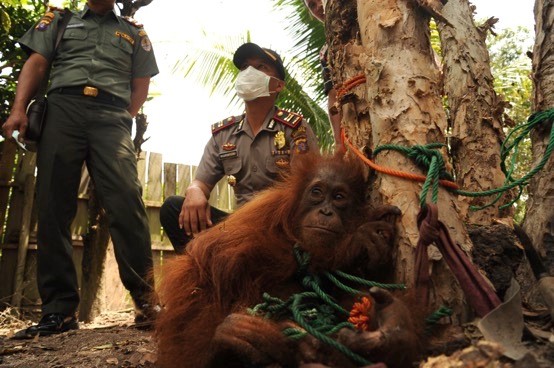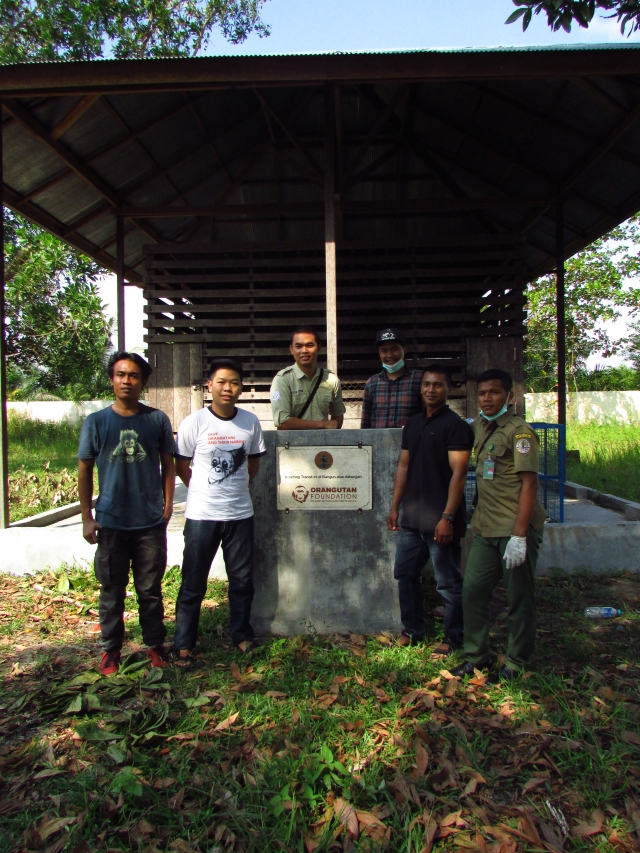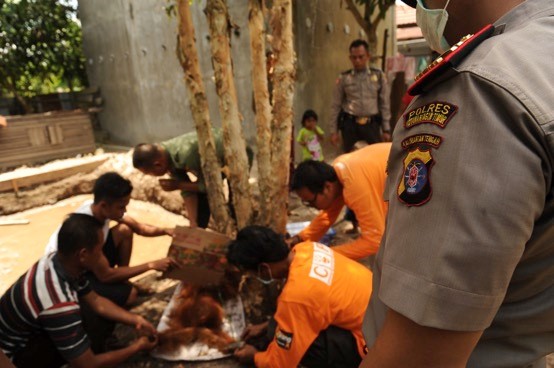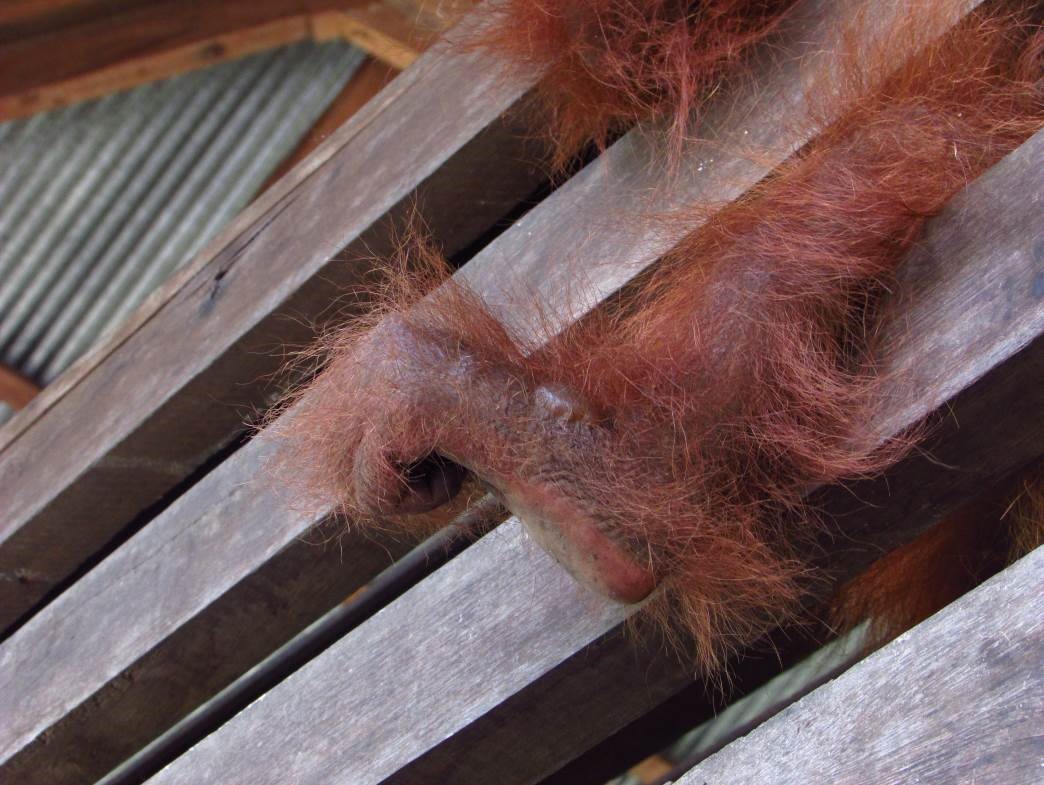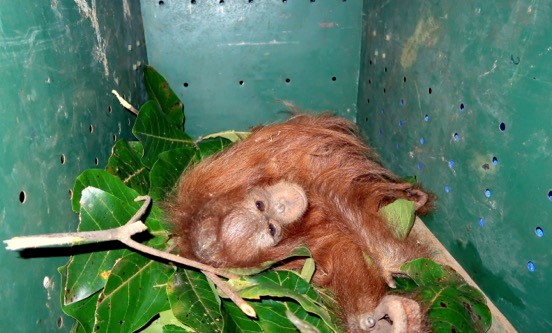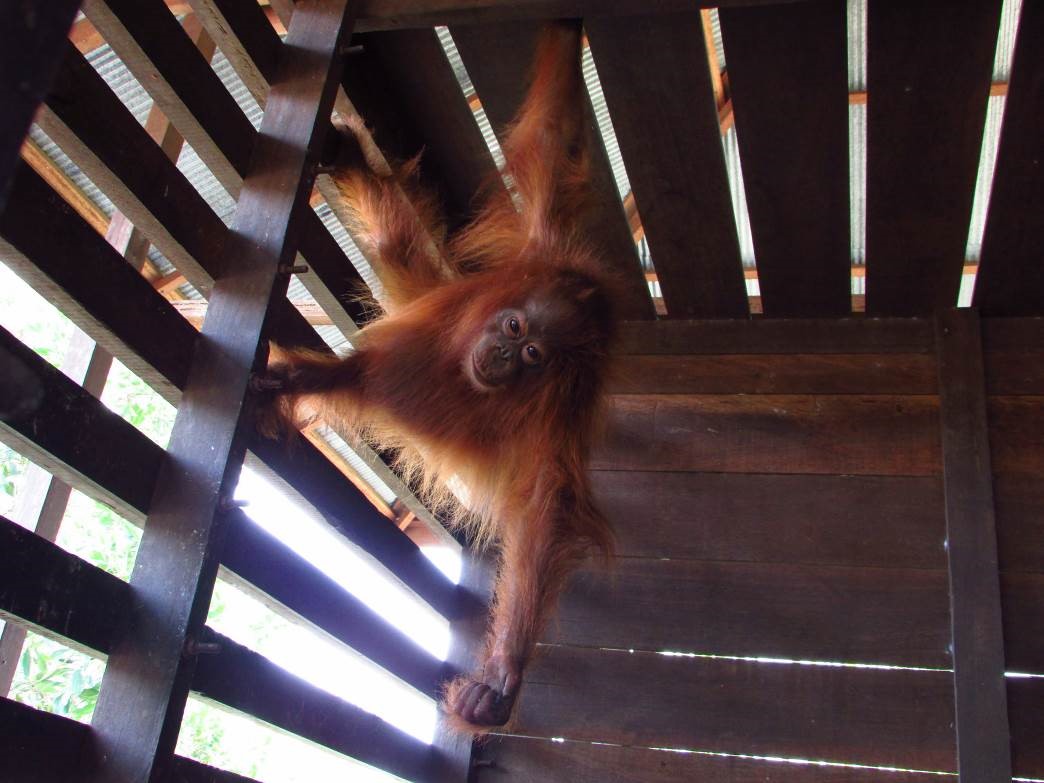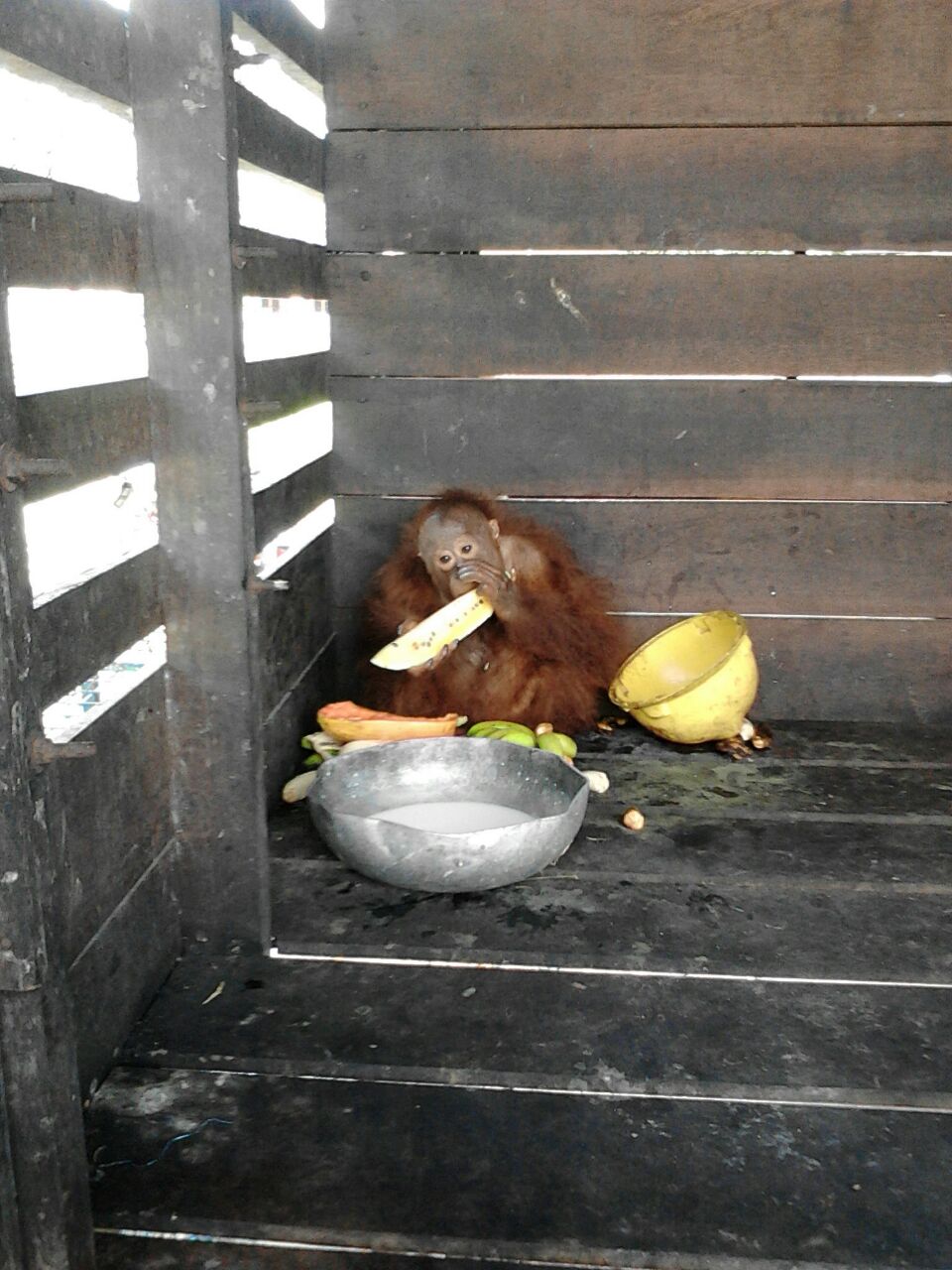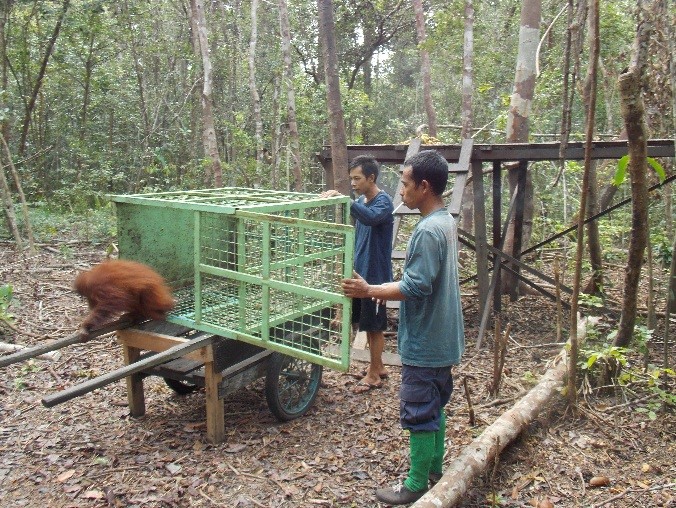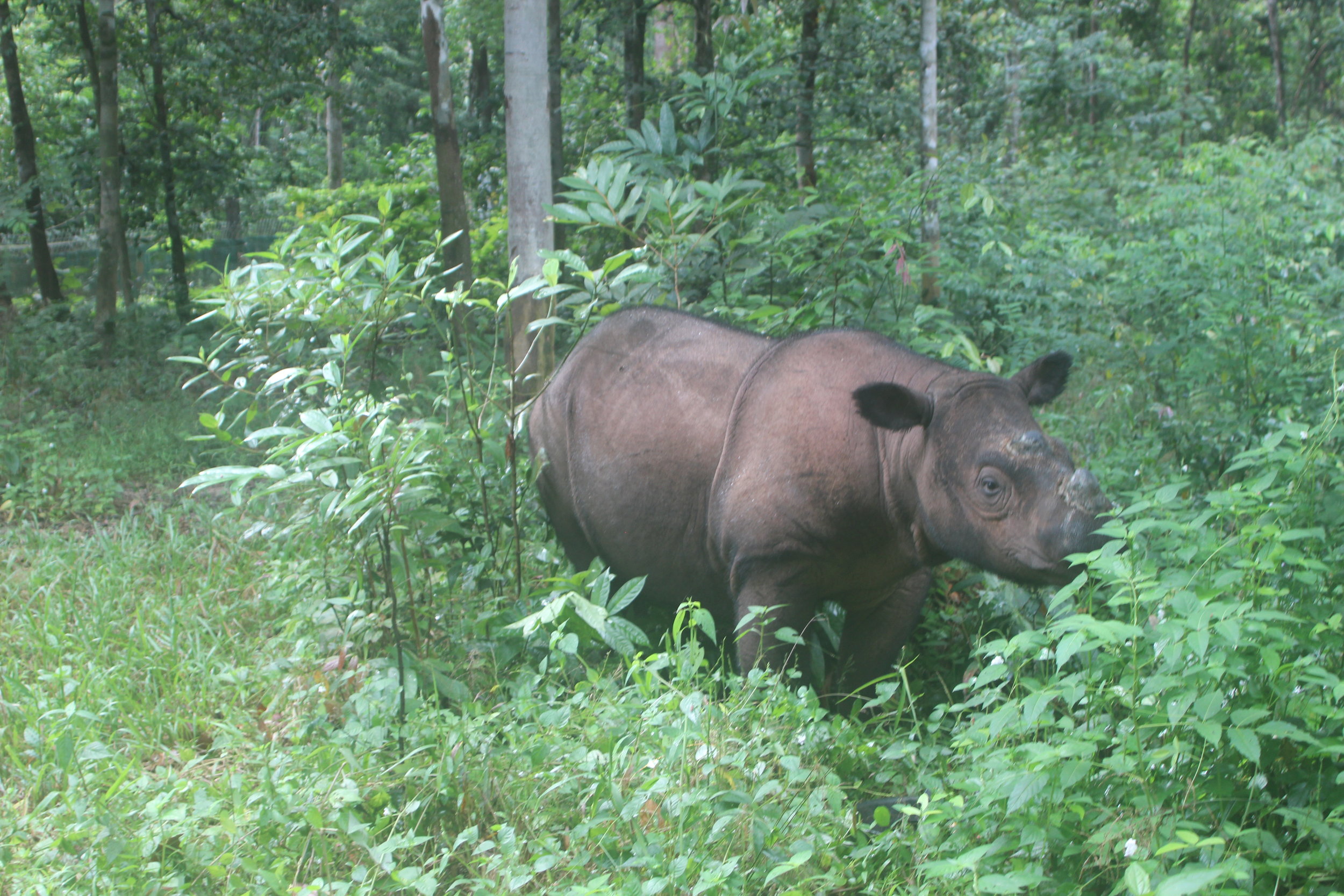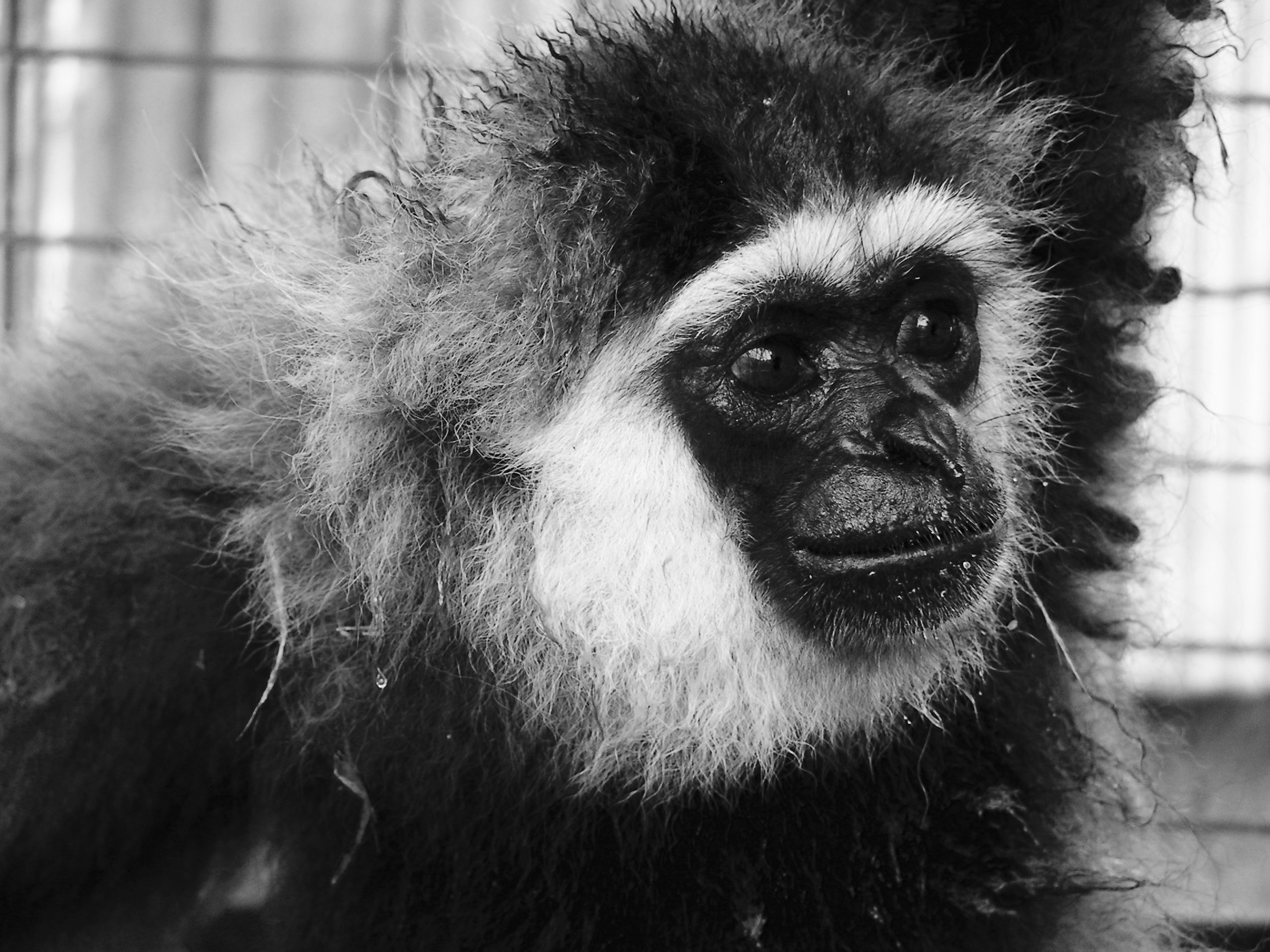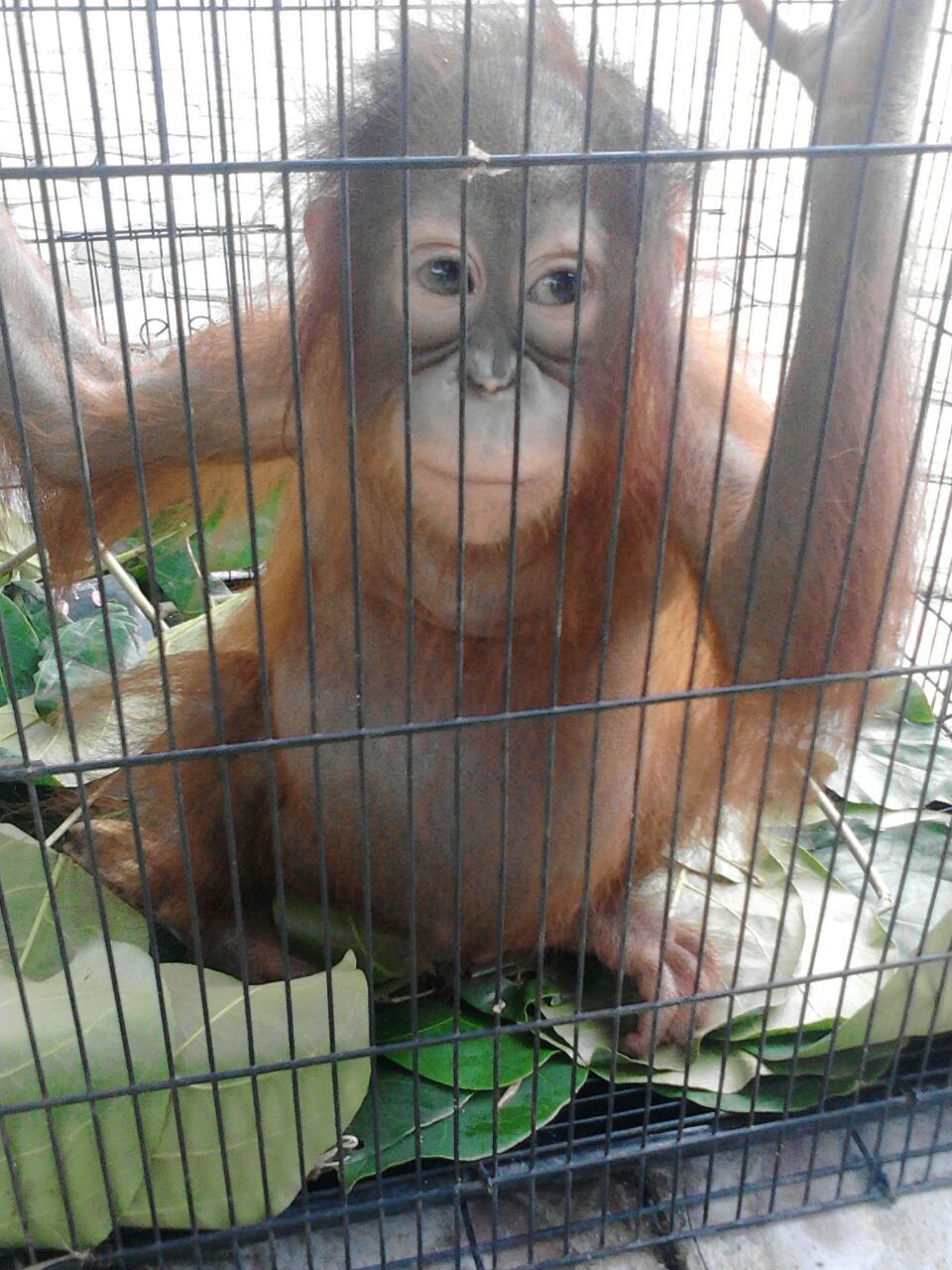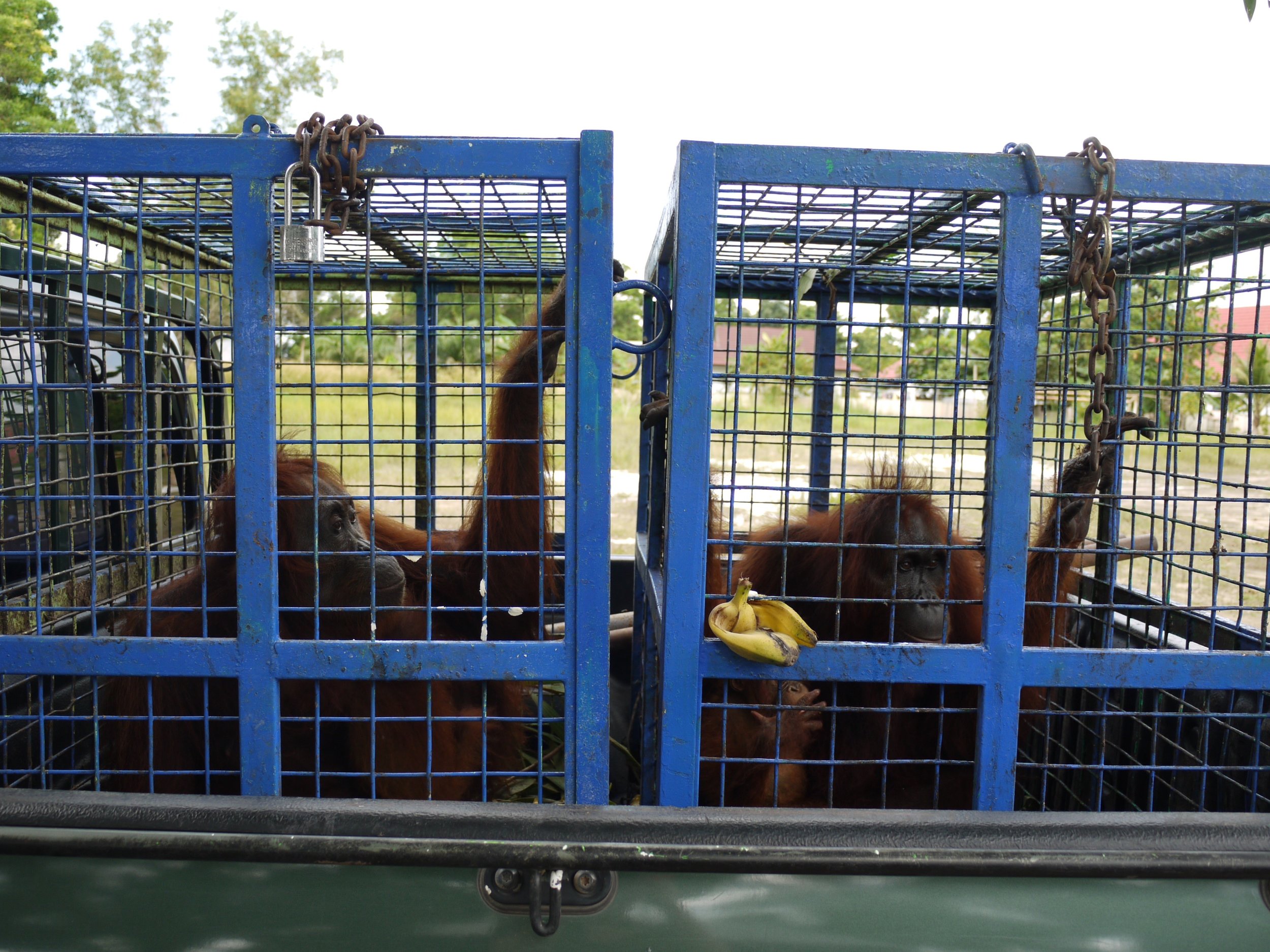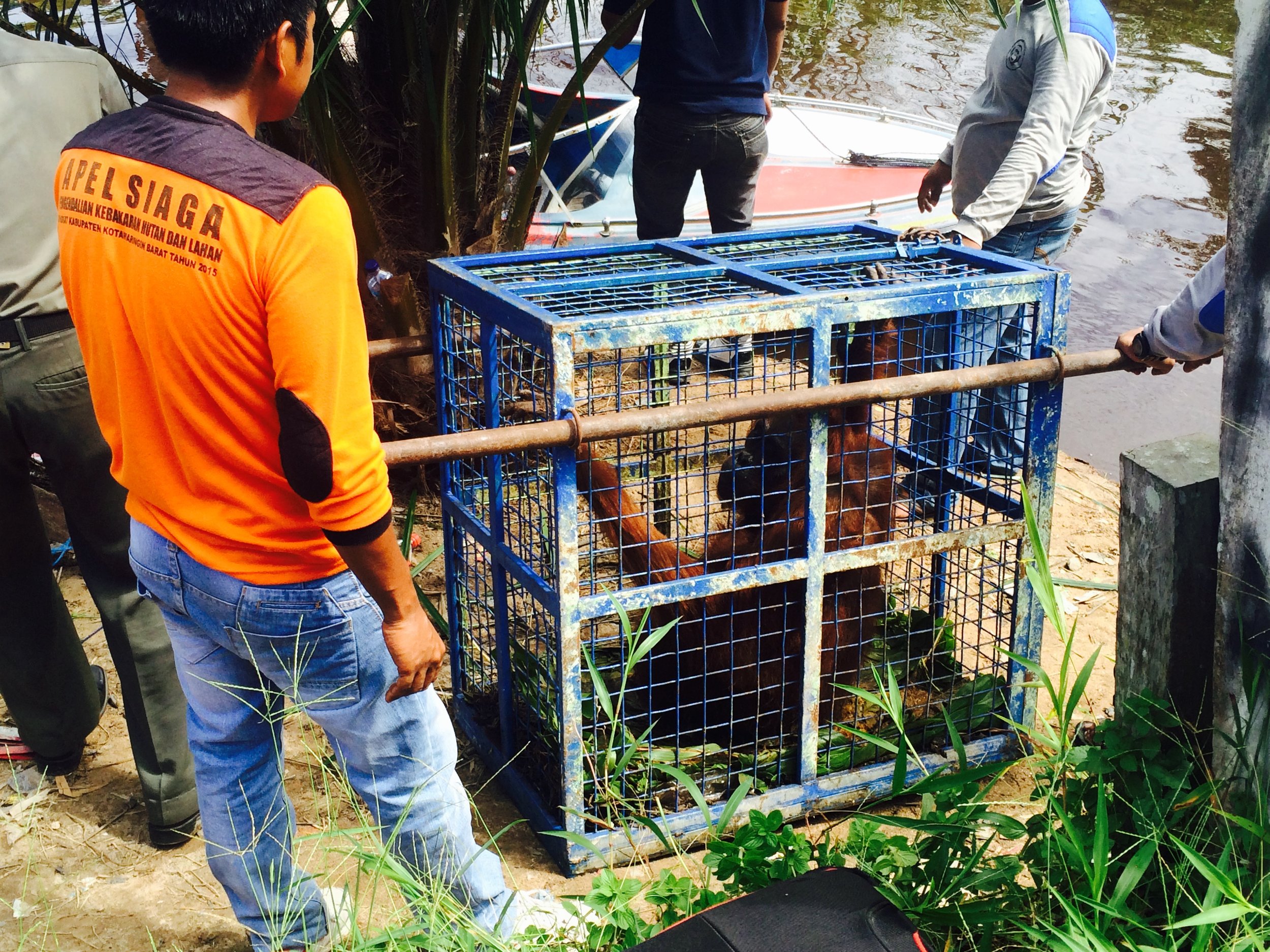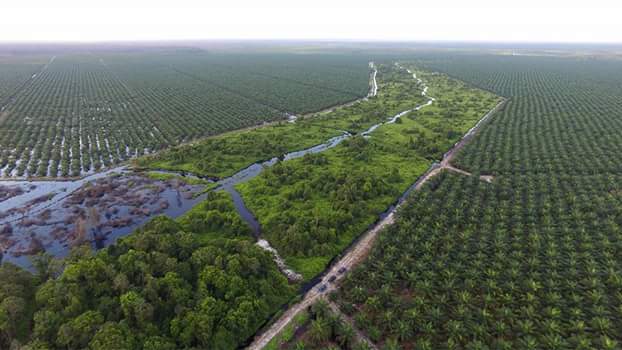In this blog entry we focus on Camp Rasak, where orangutans in the final stage of the soft-release programme before their release into the wild are monitored. The Lamandau Wildlife Reserve in Indonesian Borneo is a protected reintroduction site, where rescued orangutans can be released safely.
From this Reserve we run our Soft-Release Programme for rescued orangutans too young to return to this wild. Watch this short clip to find out how this programme equips these orangutans for a life in the forest:
Reintroduction Camps
There are 5 Camps located in Lamandau:

Depending on the age and development of the orangutan they are placed into one of the camps which is best suited for their needs. Camp staff monitor all rescued orangutans.
Currently we have 10 orangutans within our soft-release programme.
Meet the orangutans being cared for at Camp Rasak…
Endut
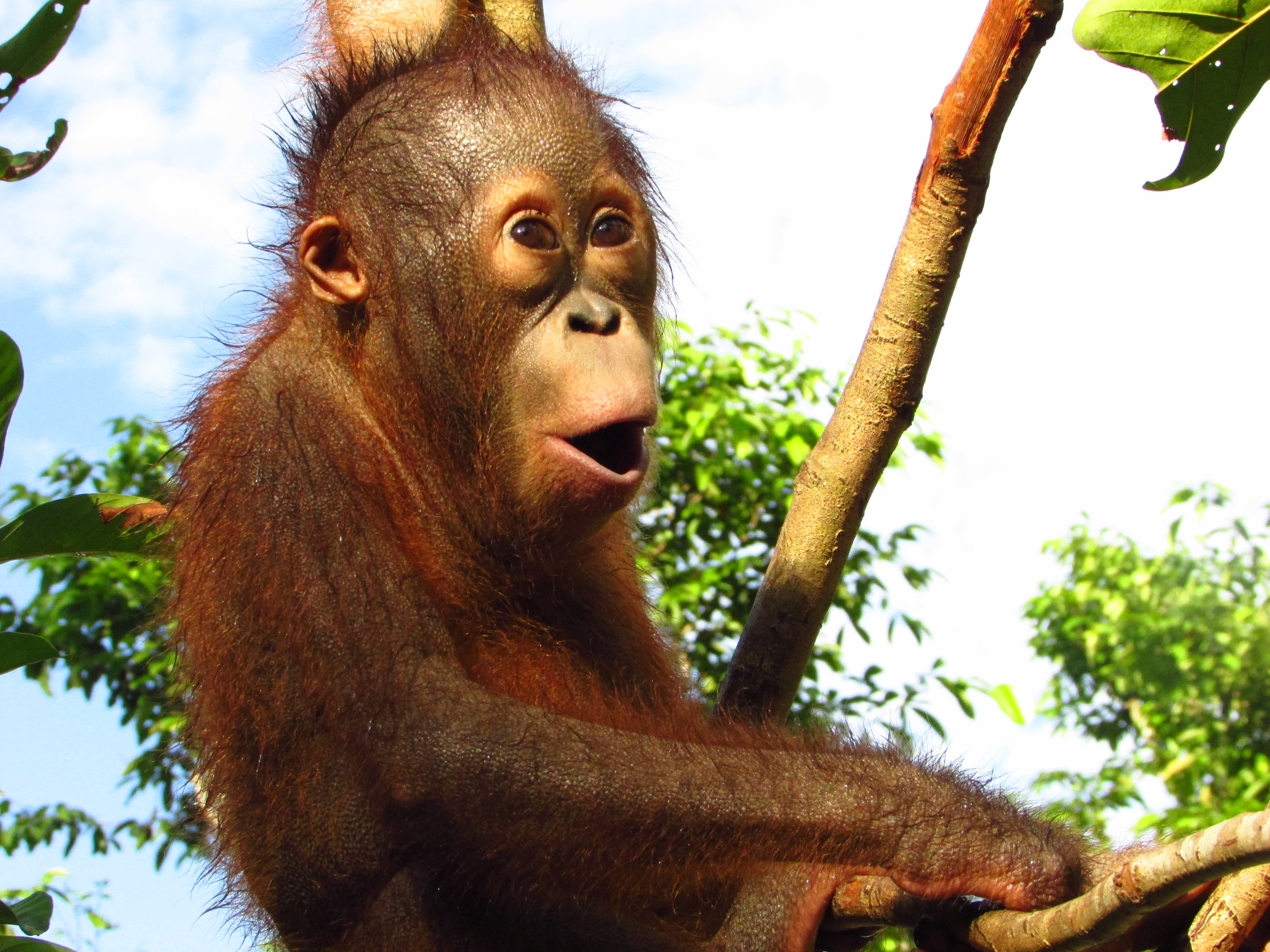
Endut is a 3 year old male who was rescued last March, named after his rather round belly. Endut is improving his climbing skills and has become much braver in the past couple of months, but is still has a way to go in order to be ready for release.
Ketty
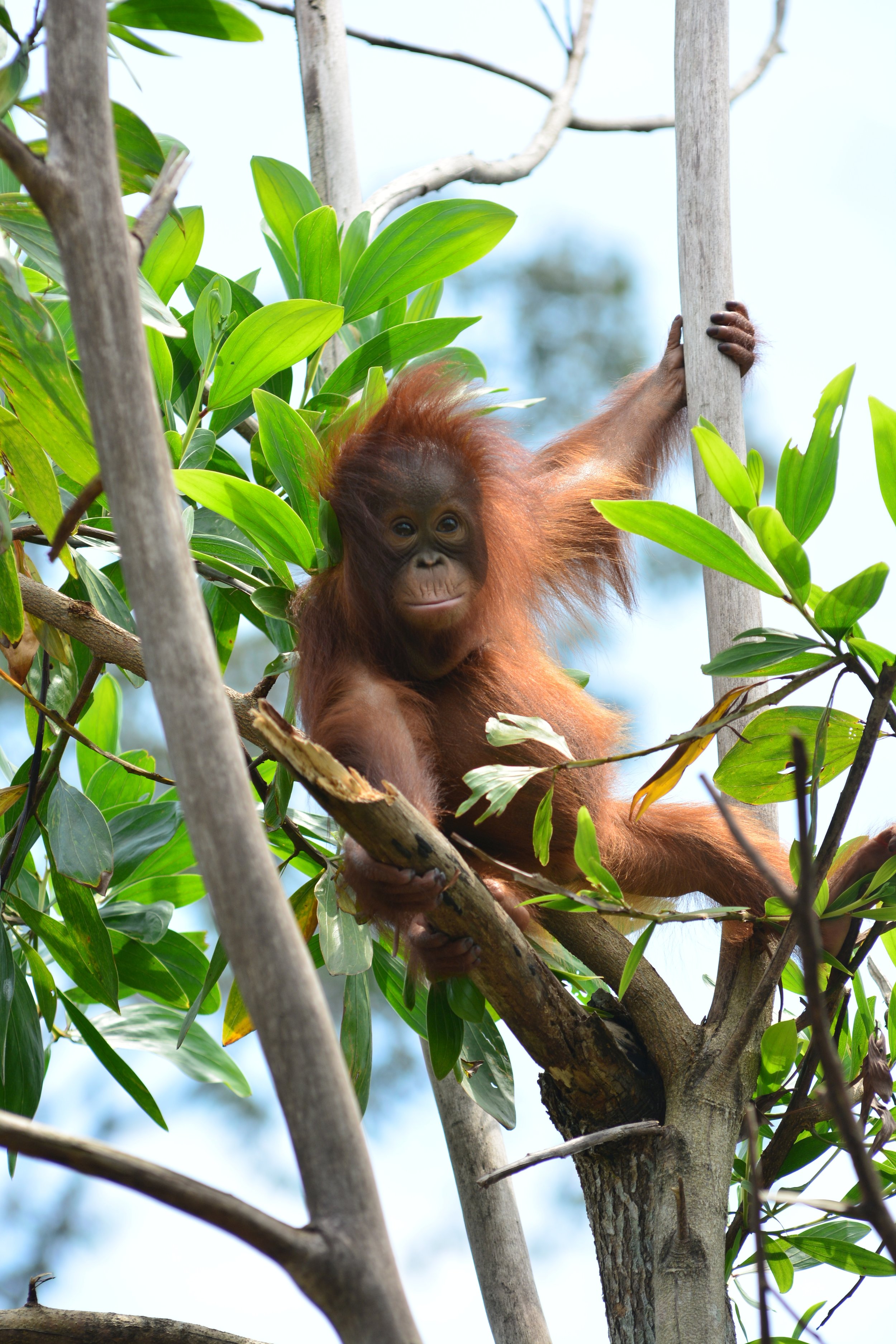
Daughter of Korin, a reintroduced orangutan who inhabited the forest around Camp Gemini. Korin sadly disappeared in 2013 and Ketty was found alone. Since joining the Programme Ketty has come along in leaps and bounds, or should we say, climbs and swings!
At 5 years of age,she's always displayed skills more advanced than the orangutans being cared for alongside her, which is likely a result of spending some time with her mother in her early years.
Jessica
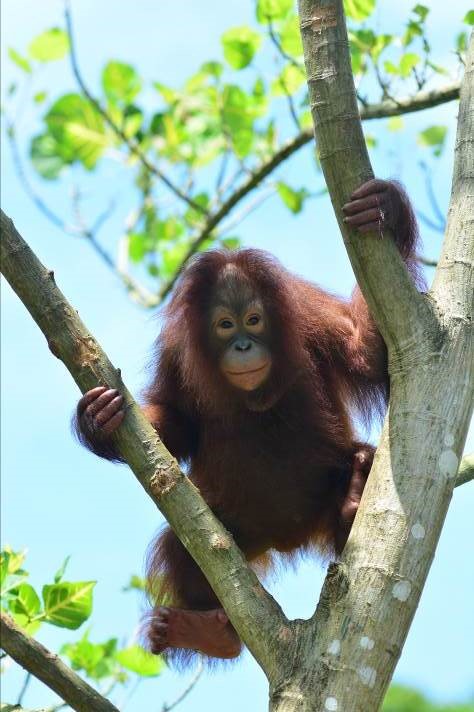
Jessica was rescued from a local town where she was being kept as a pet in 2016. In spite of this she retained her natural instincts well and didn't take long to adapt to life in the trees. At 5 years of age, she is advanced in her progress, displaying excellent survival skills.
What Next…?
After keeping a close watch on Ketty and Jessica, staff are now confident that they have the skills required to live in the wild: nest-building, finding food, and climbing to the top of the canopy.
The Soft-Release Programme exists within the same area of forest where orangutans are released. As past experience has shown, once released orangutans are often seen in the forest around camp so we are able to continue to keep a watchful eye on them.
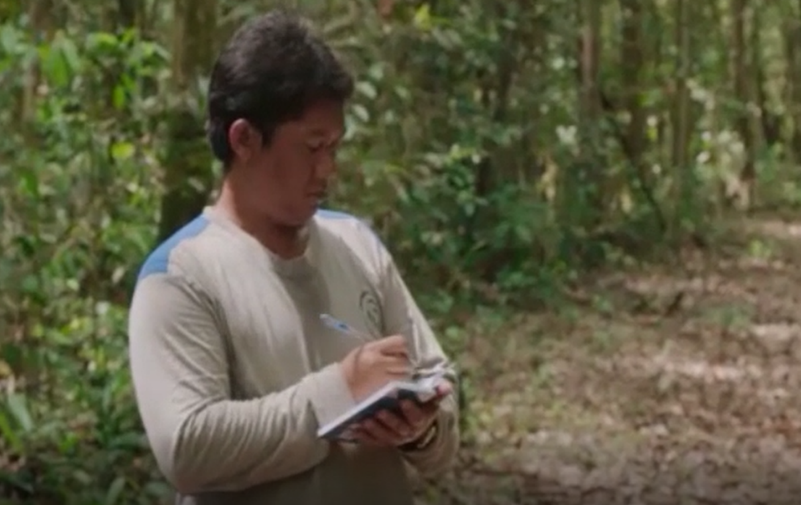
Following release, orangutans are monitored for two weeks so that staff can ensure they are adapting well to living independently. Once released, we hope all will go on to live fulfilling lives in the wild, away from the threat of habitat loss and human activity.
Next week we follow the release of Ketty and Jessica!
Support our Soft-Release Programme and adopt an orangutan today.
All proceeds from our Adoption Scheme go towards medical treatment, food and care of these orangutans during their time in soft-release.


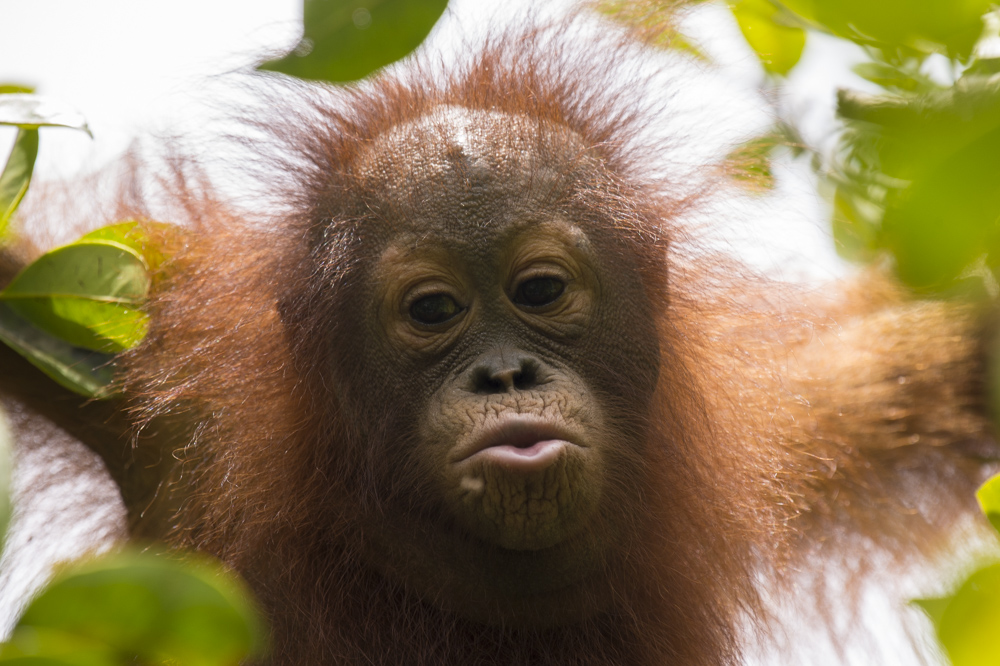
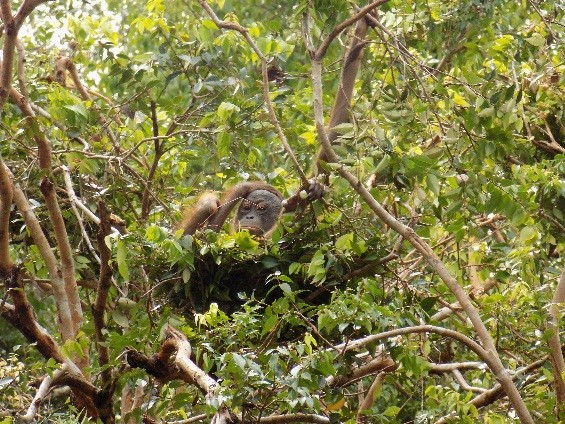
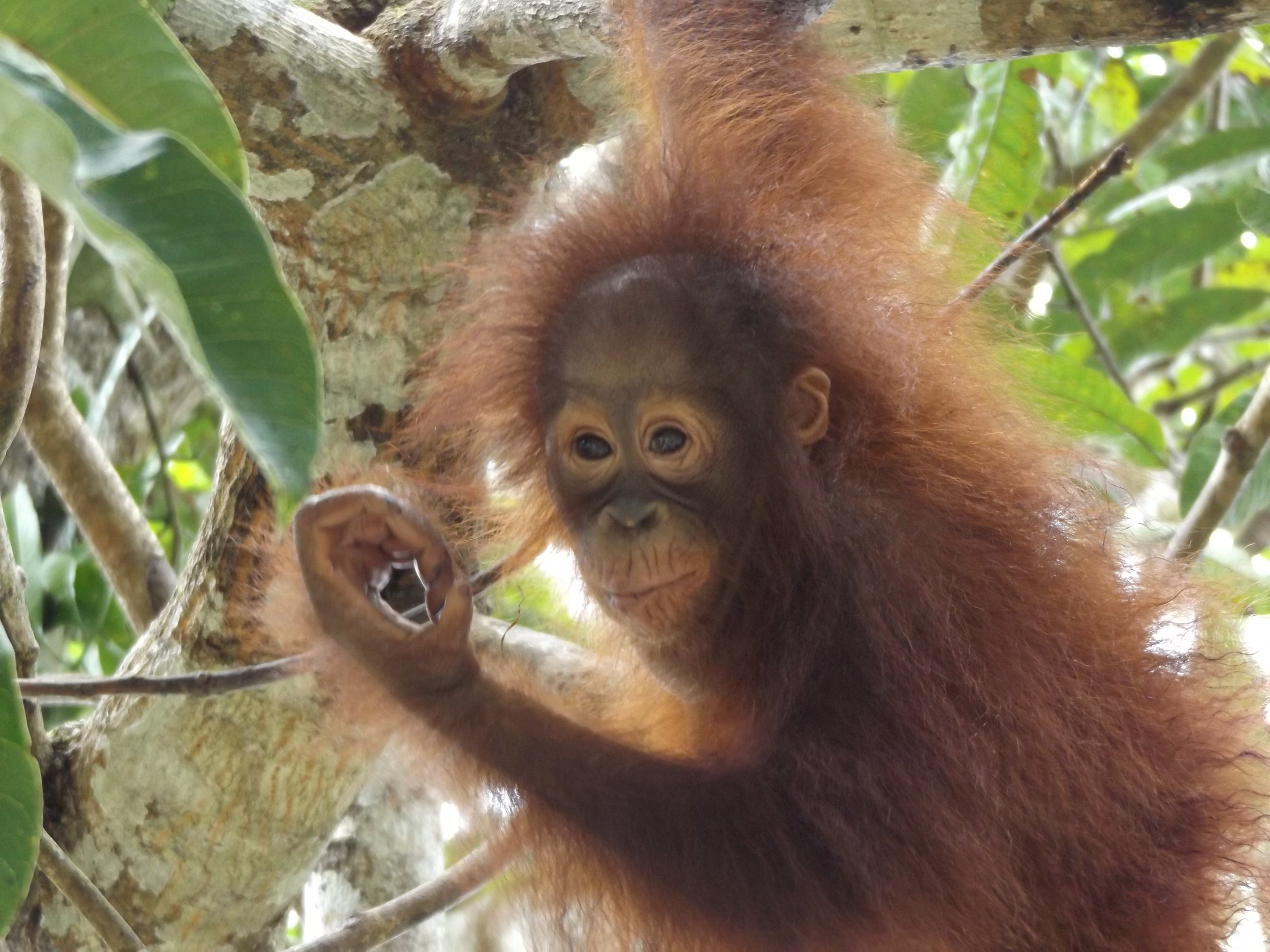
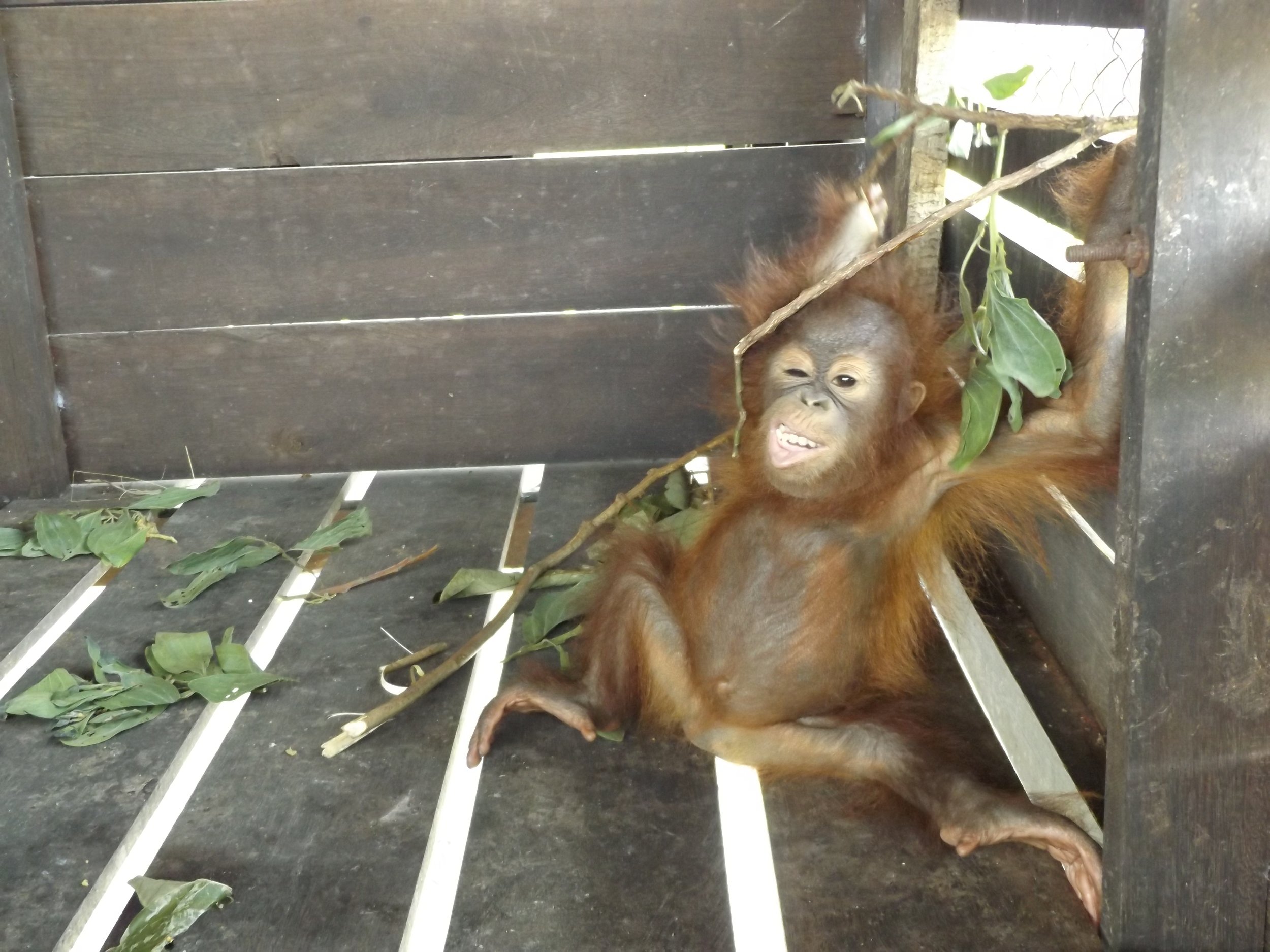
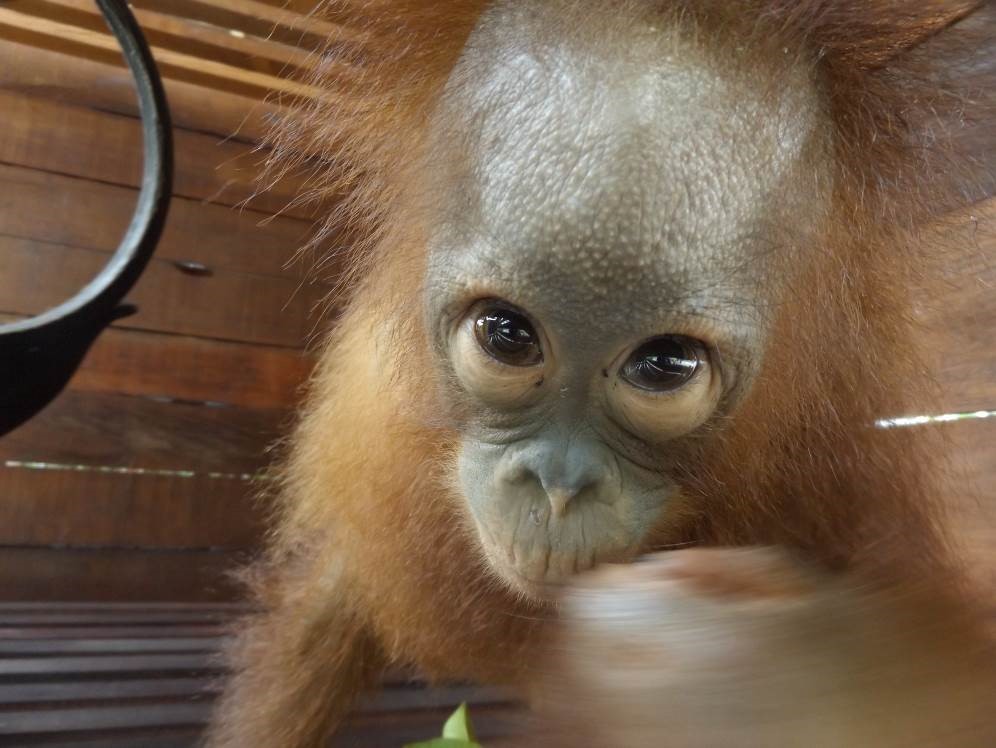
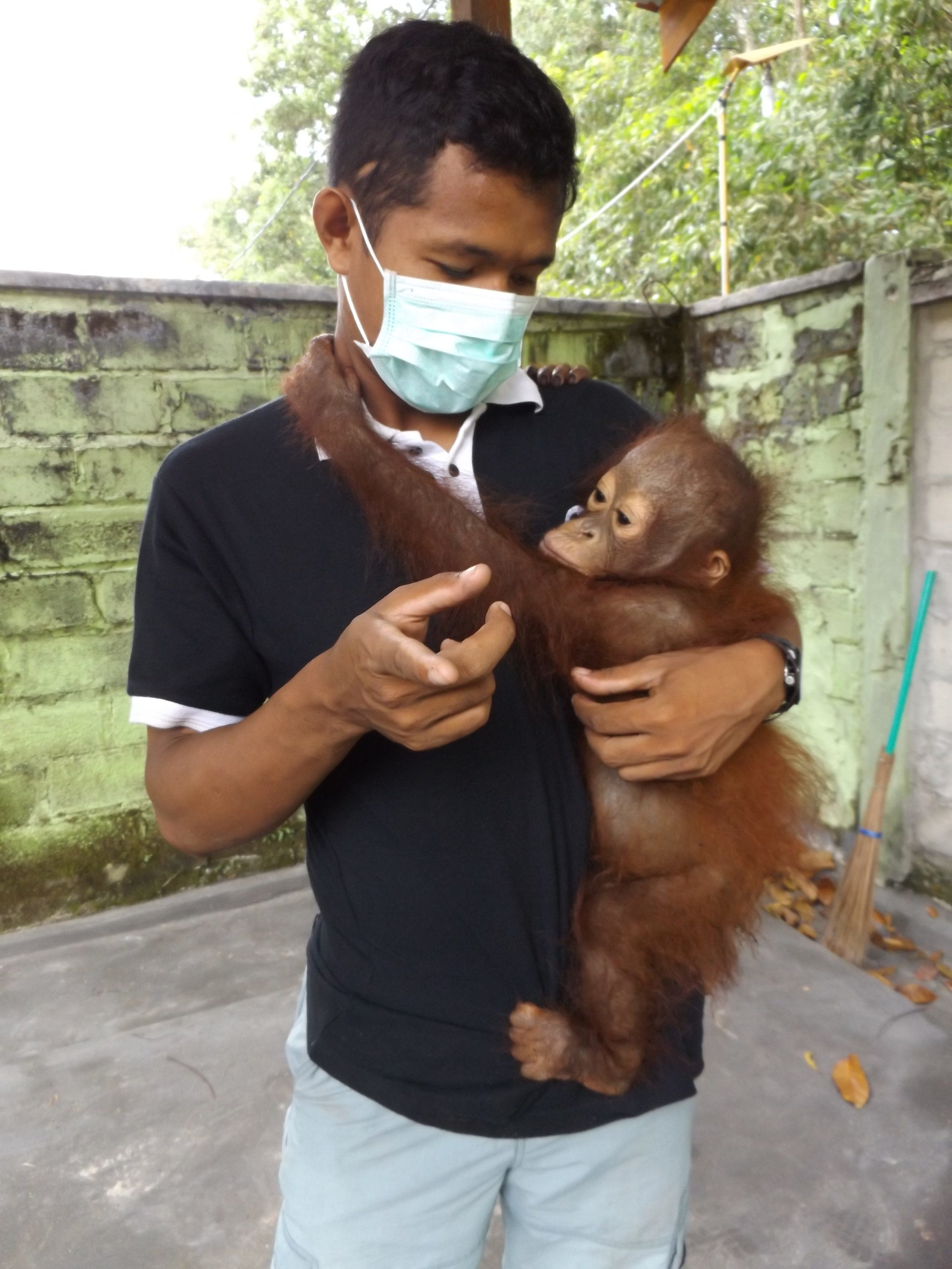
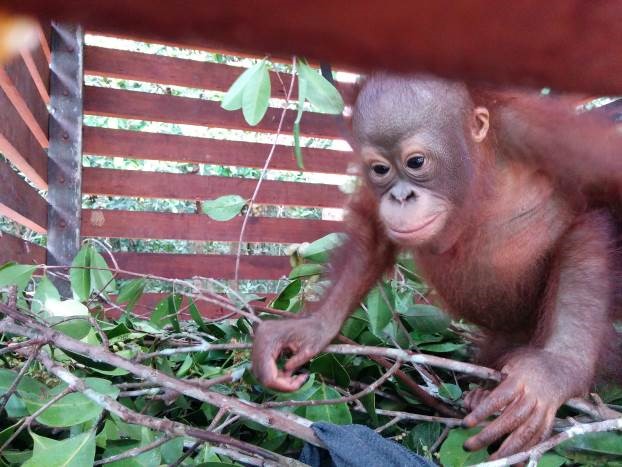
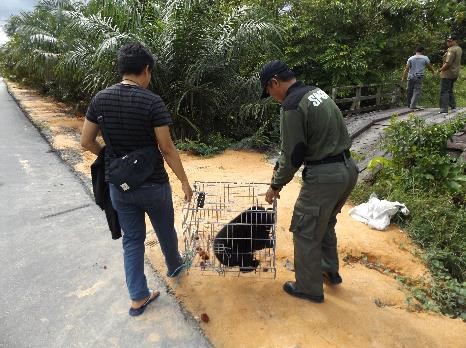
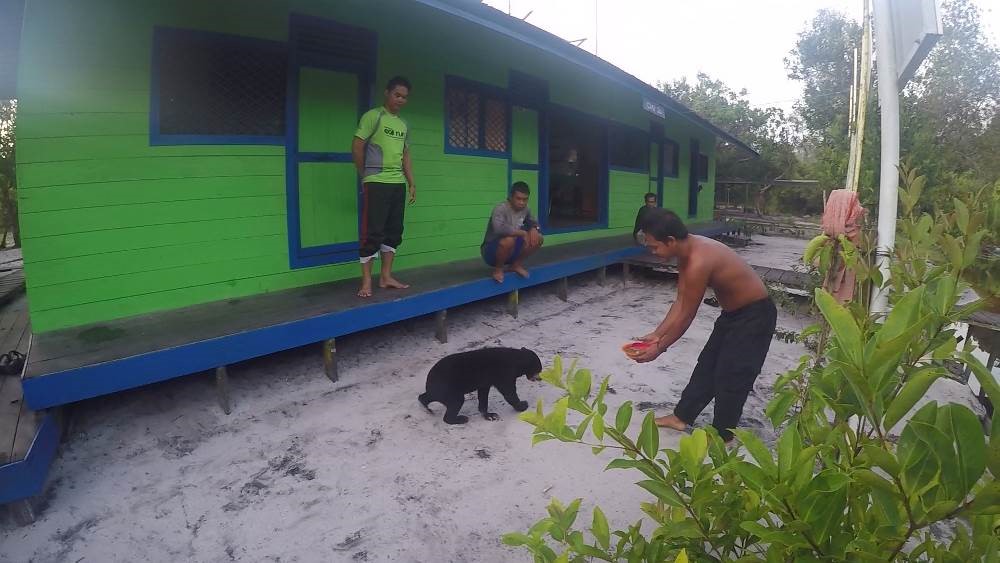
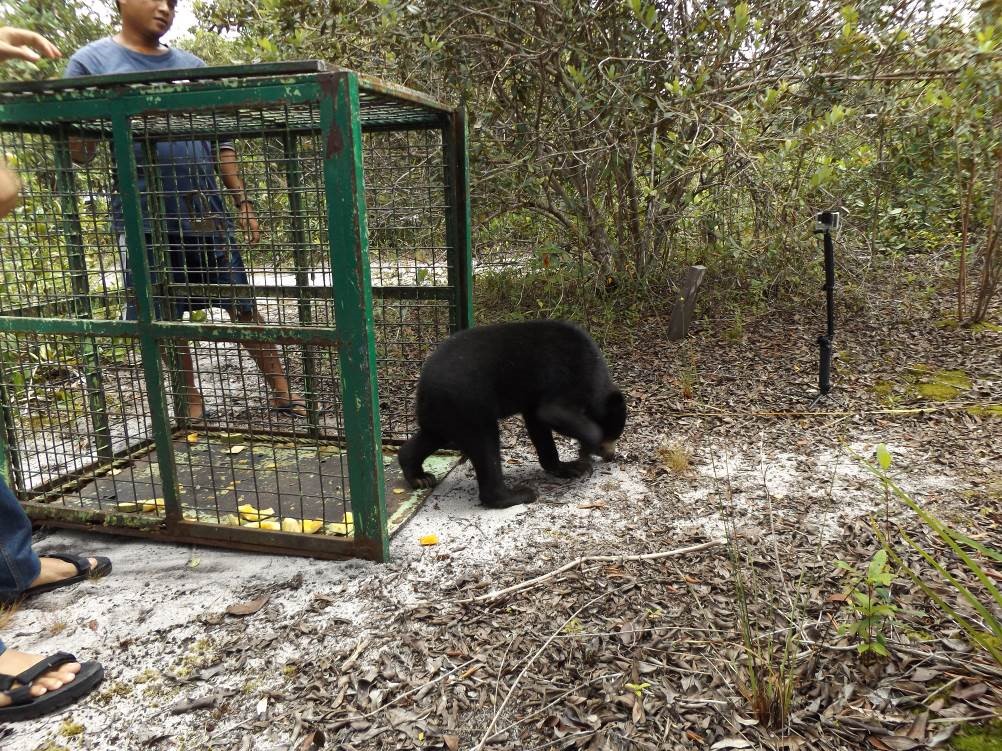
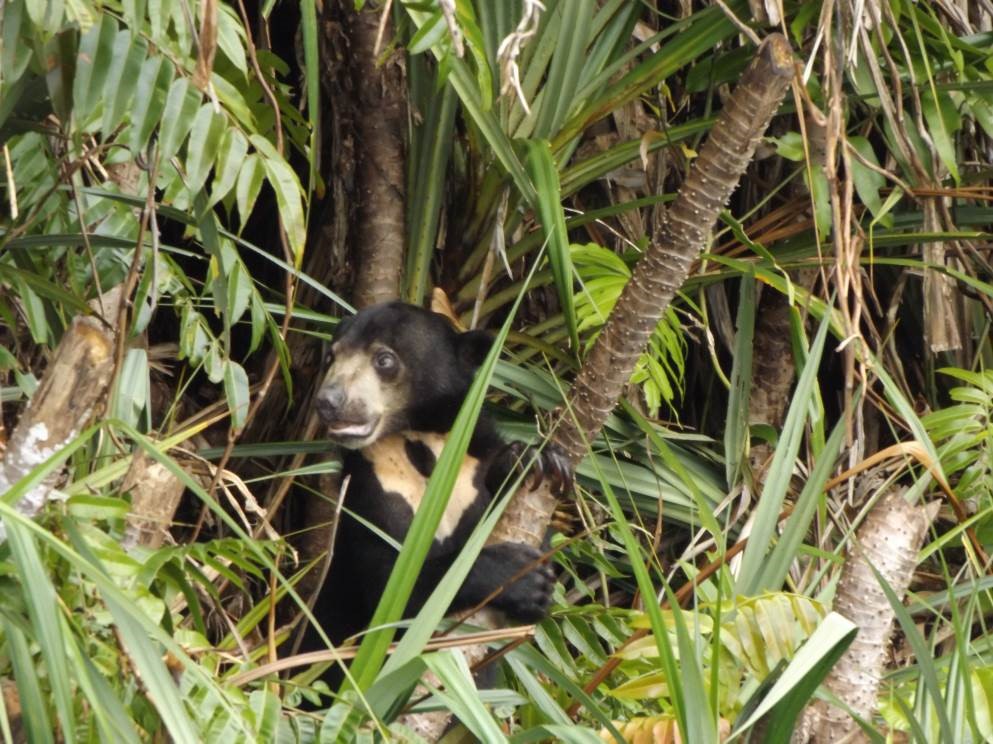

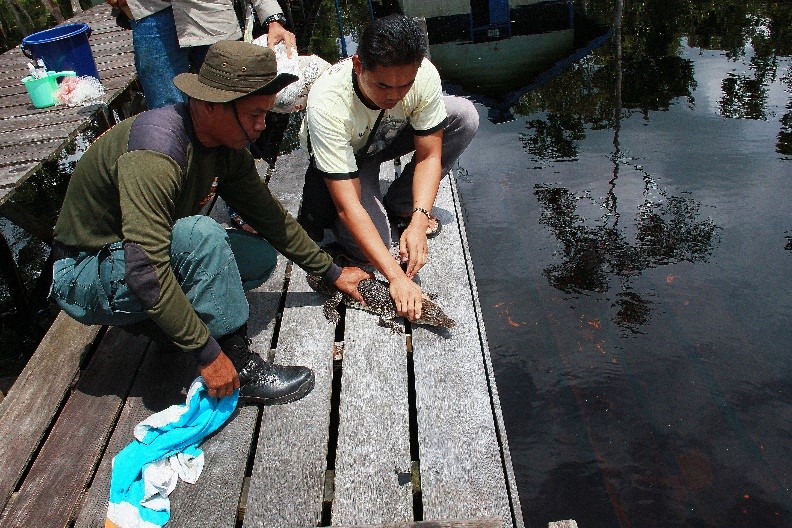
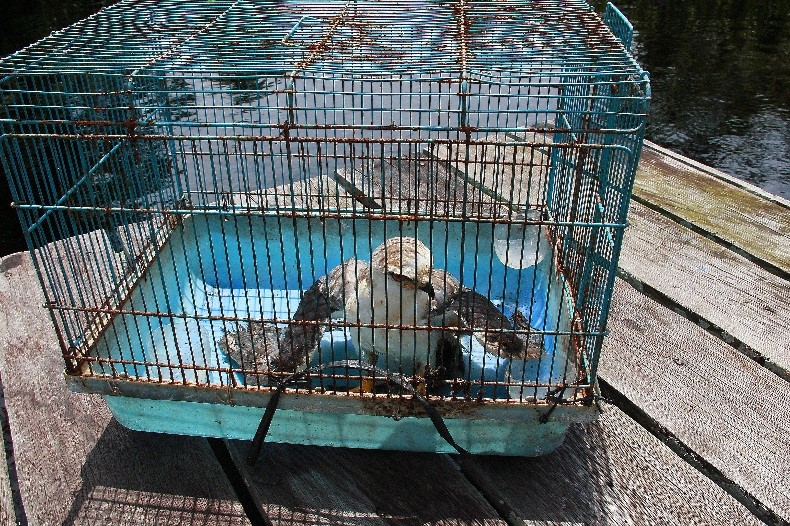
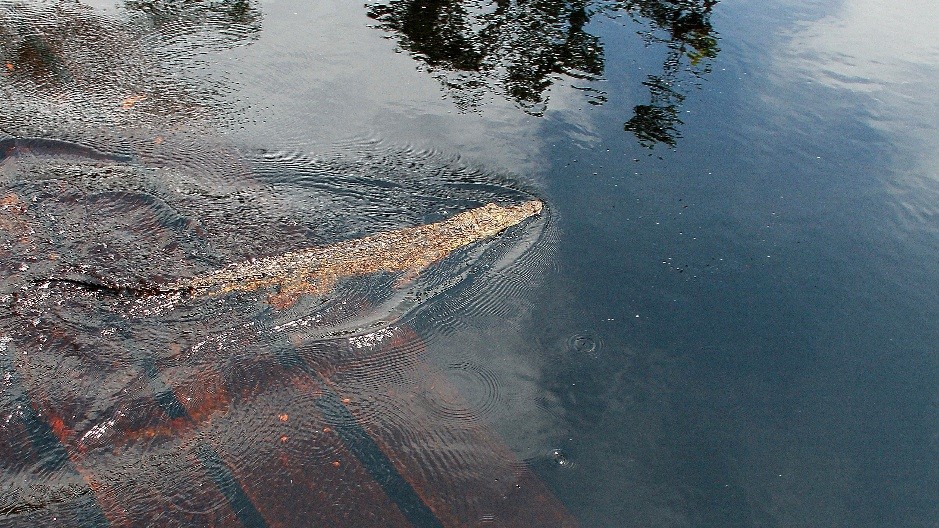
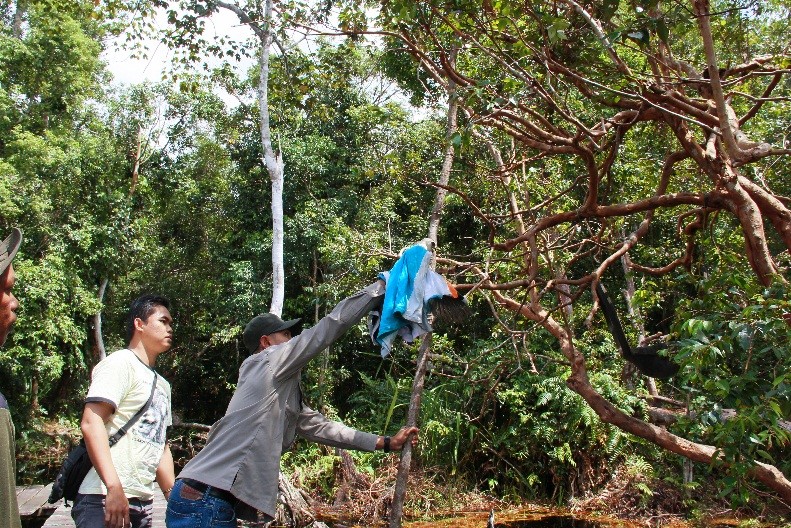
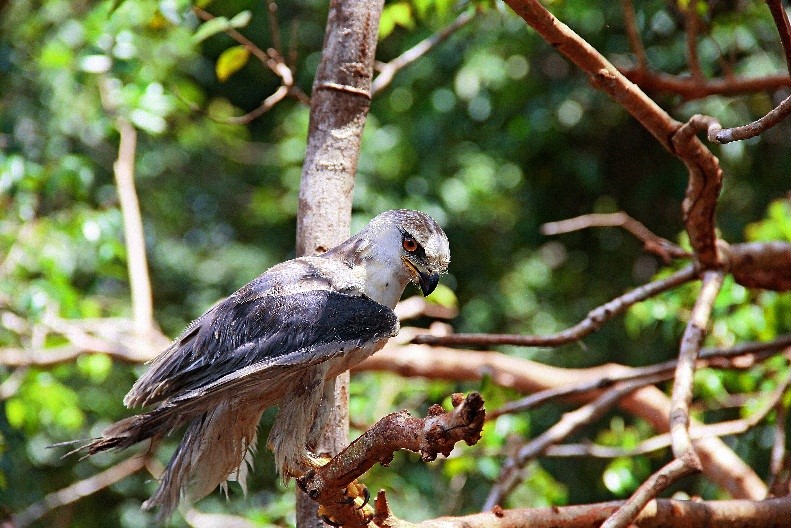
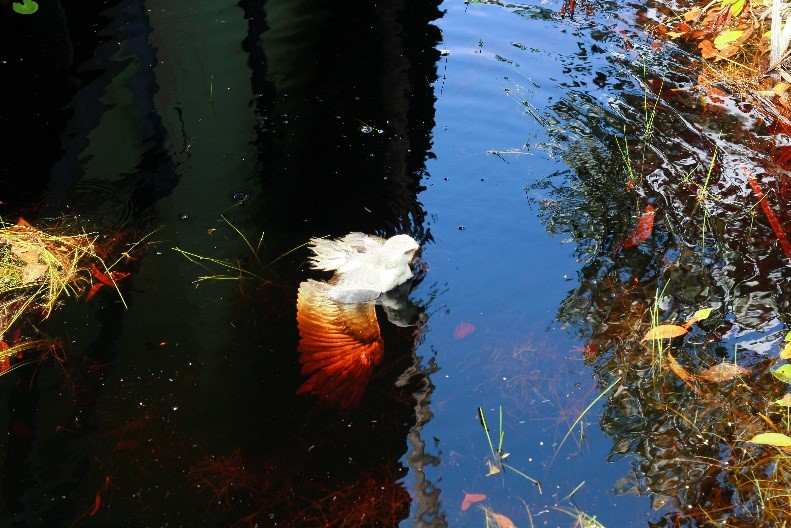
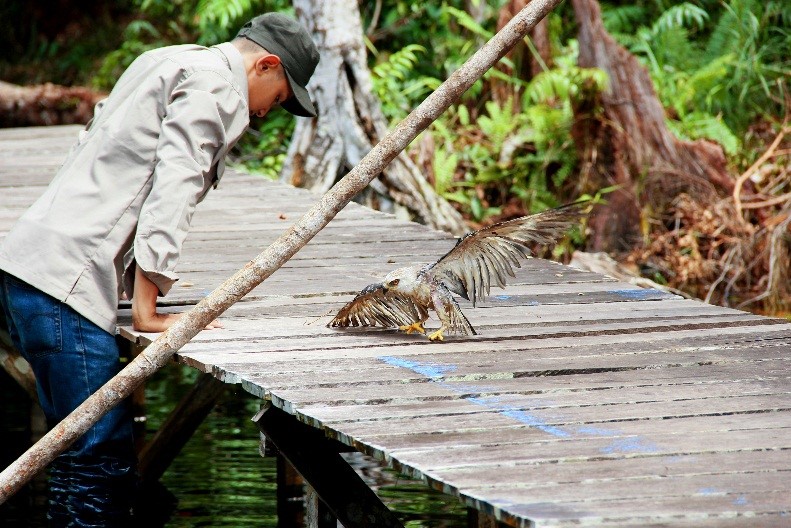
 6,000 wild Bornean orangutans live in the Belantikan region. The largest population outside of a protected area. Orangutan Foundation actively engages key stakeholders to conserve this critical tropical forest ecosystem.
6,000 wild Bornean orangutans live in the Belantikan region. The largest population outside of a protected area. Orangutan Foundation actively engages key stakeholders to conserve this critical tropical forest ecosystem.
